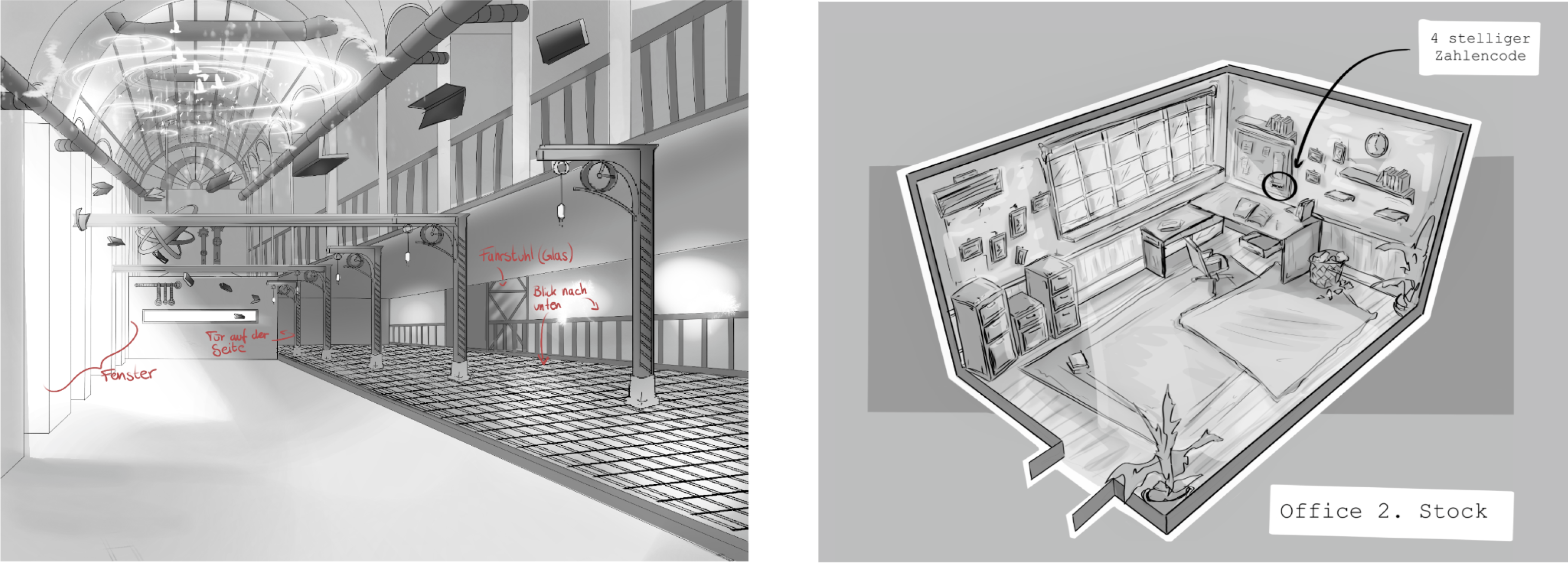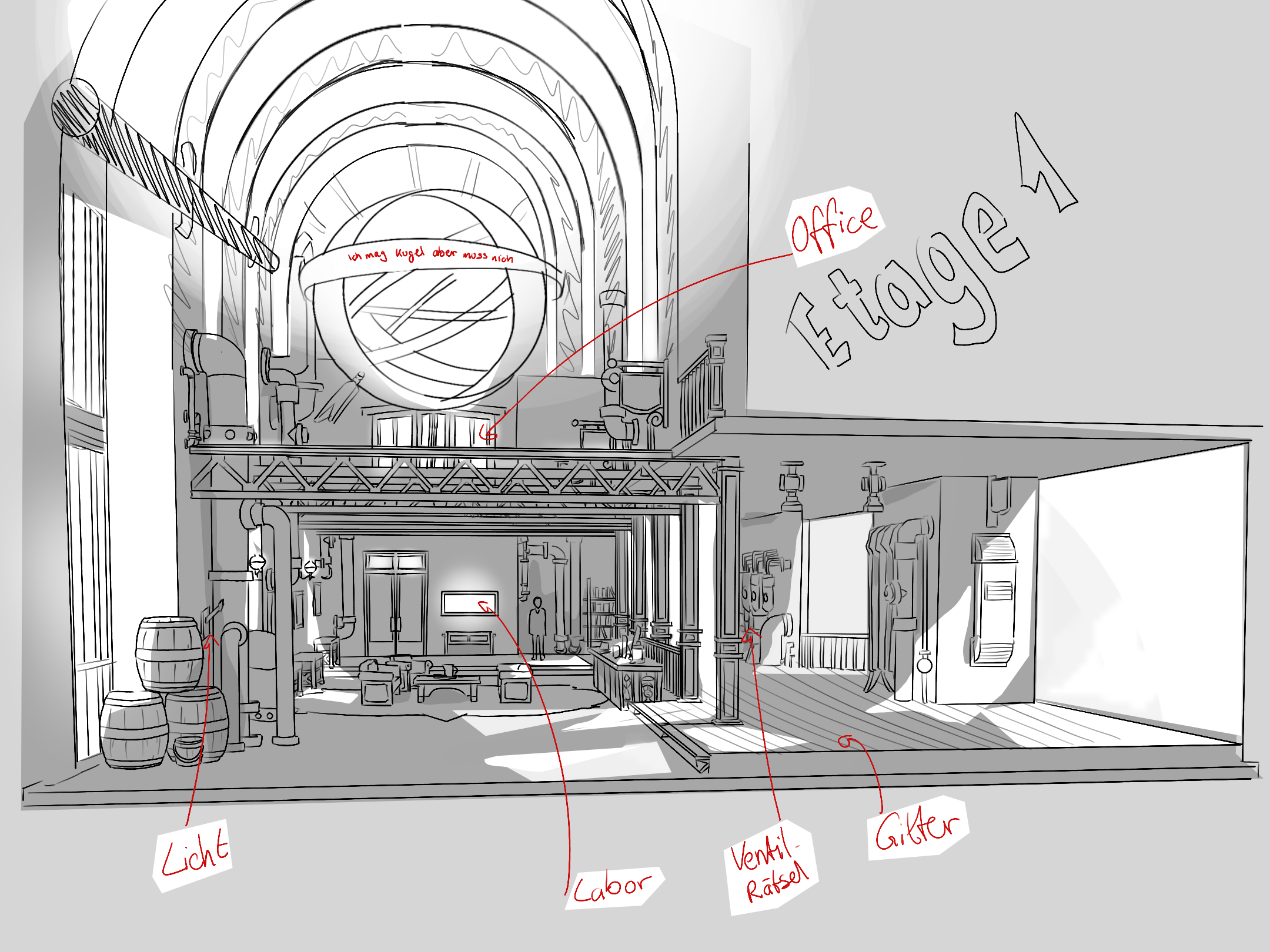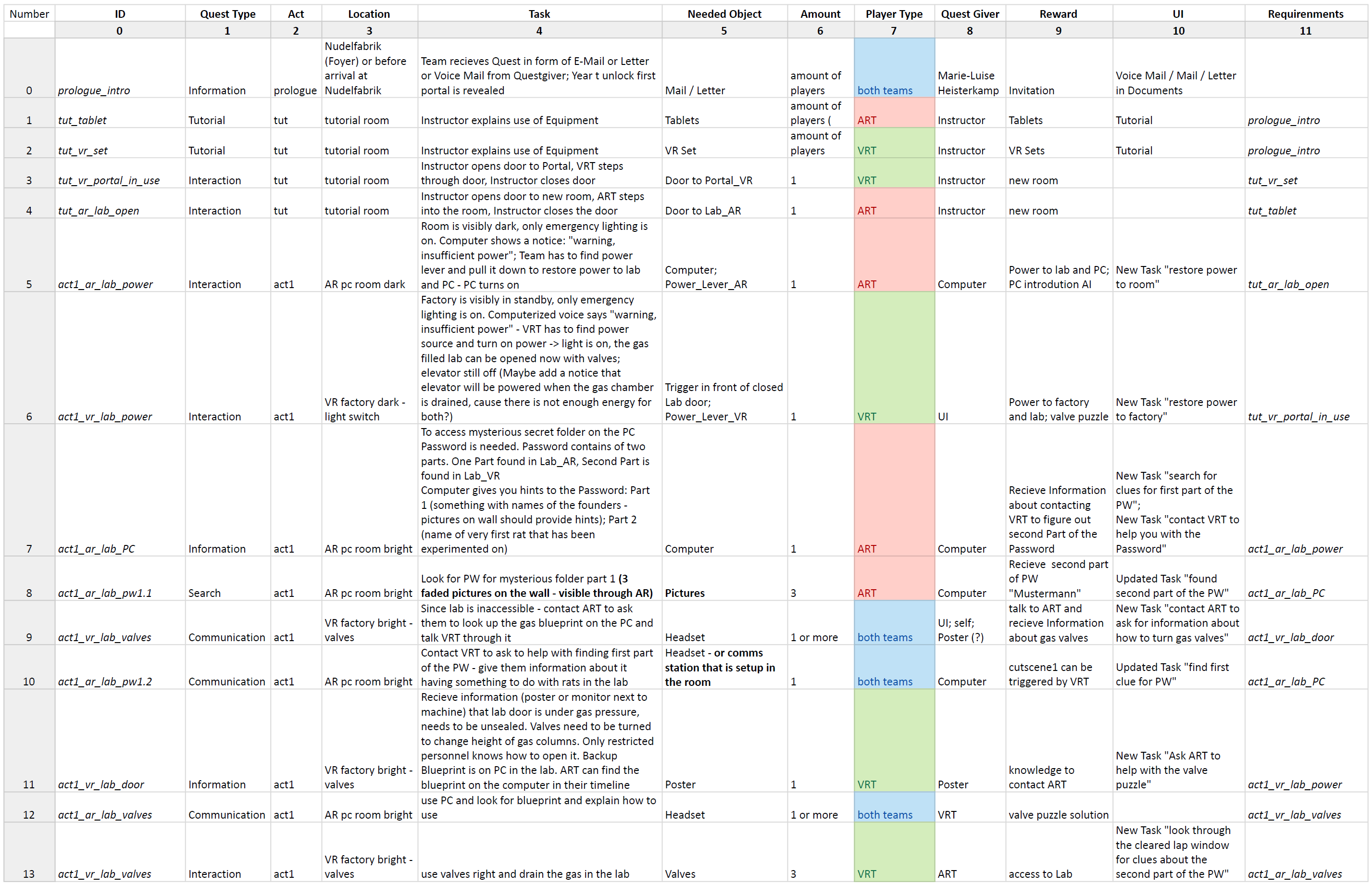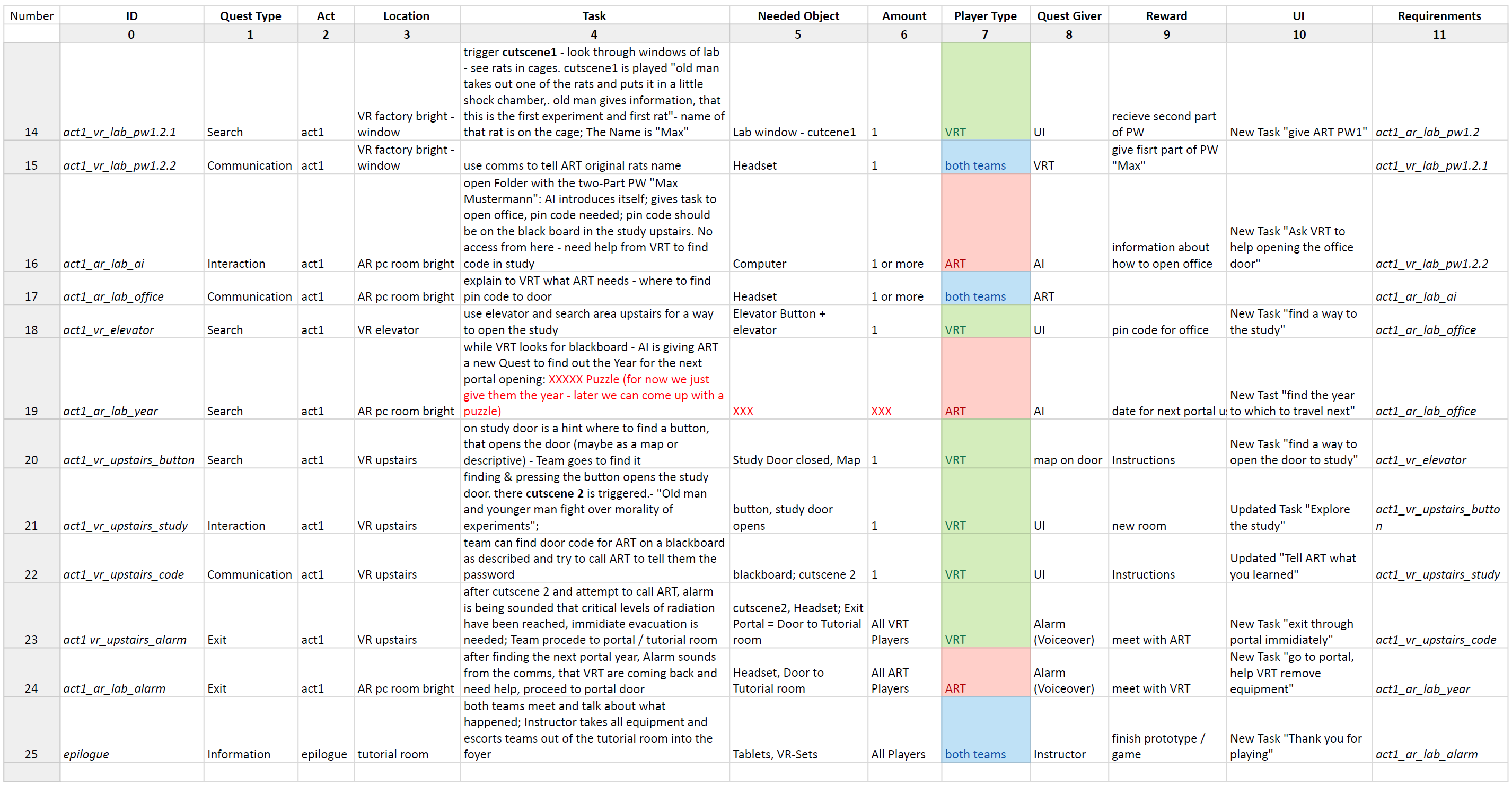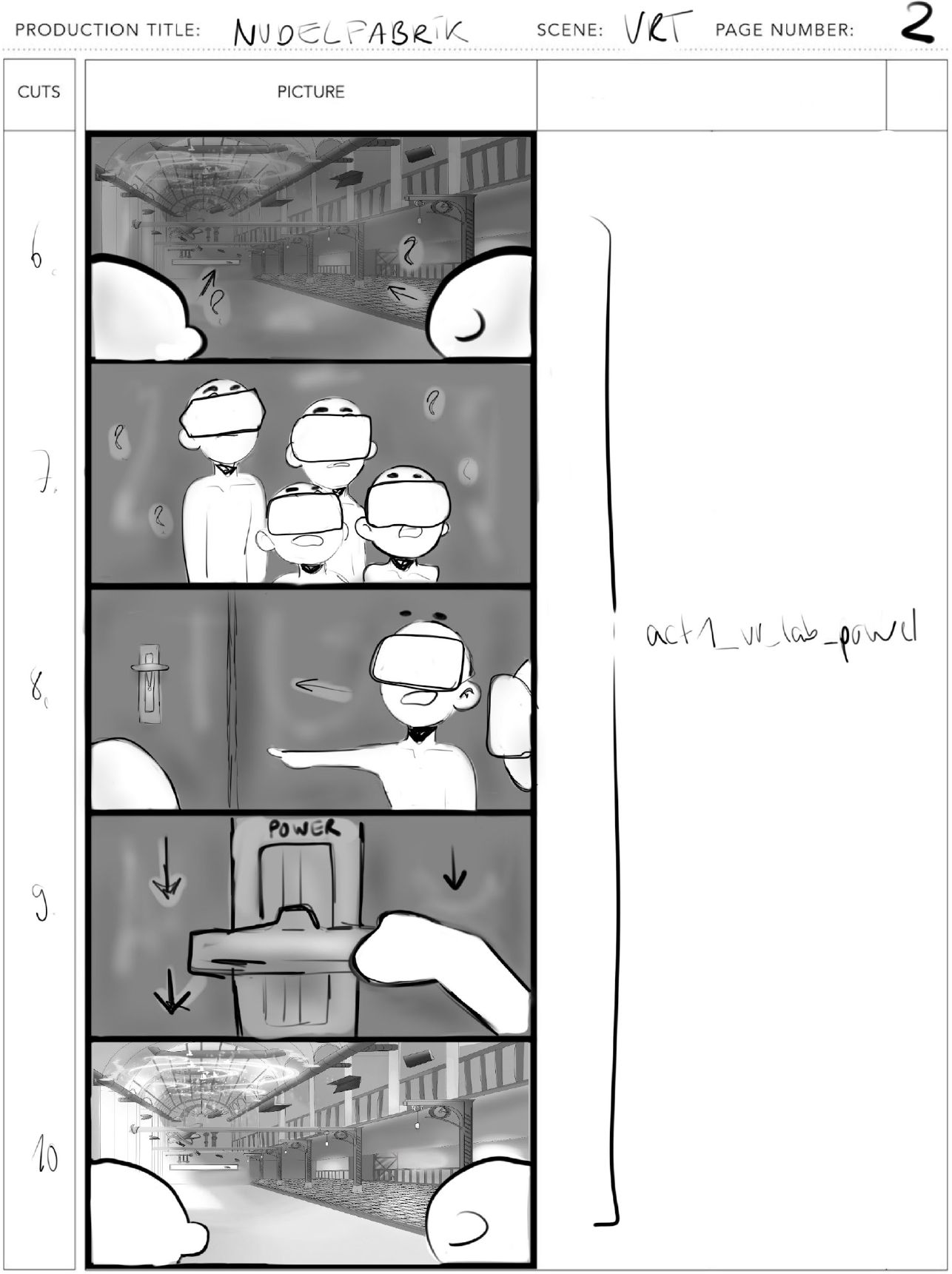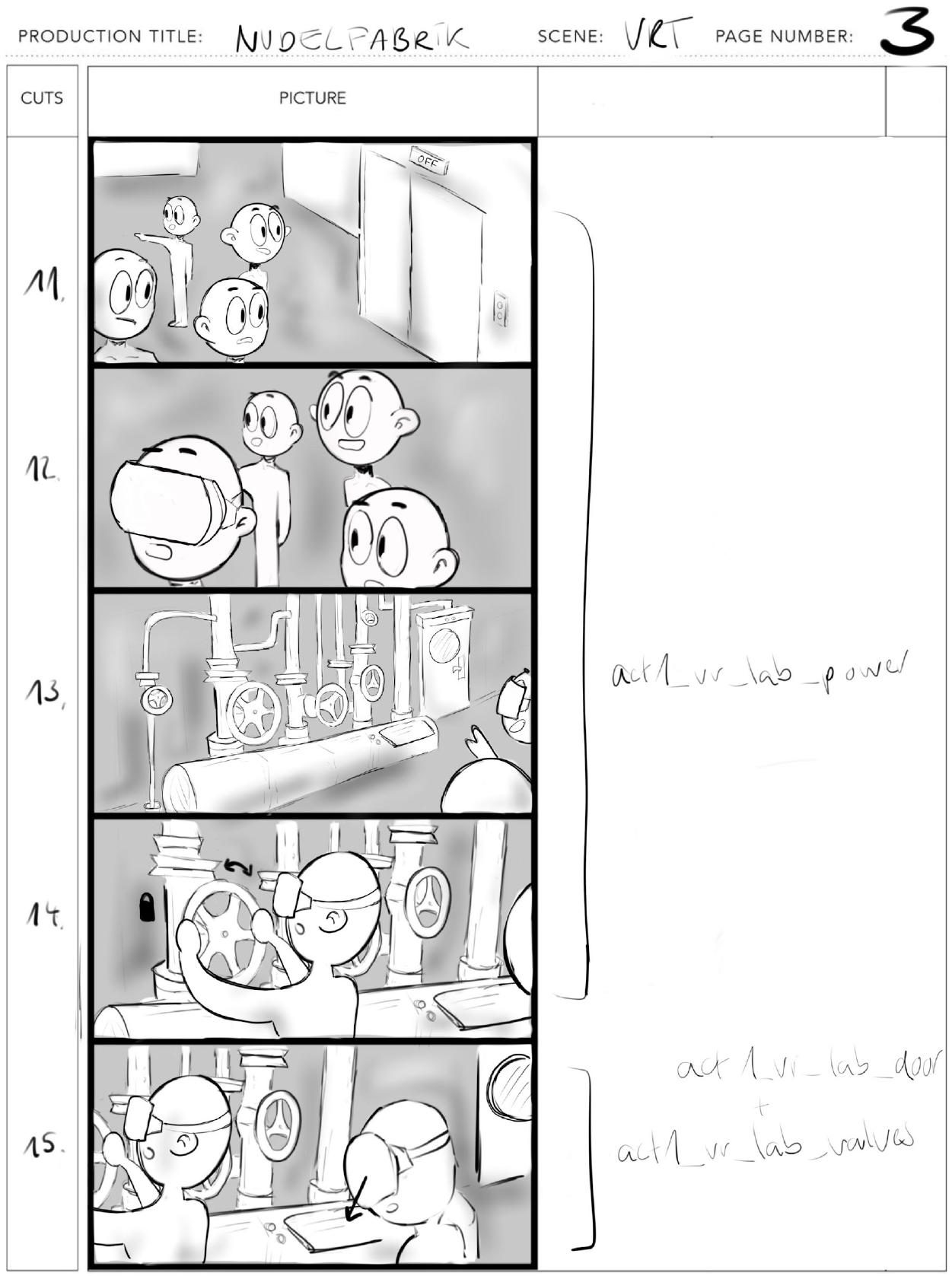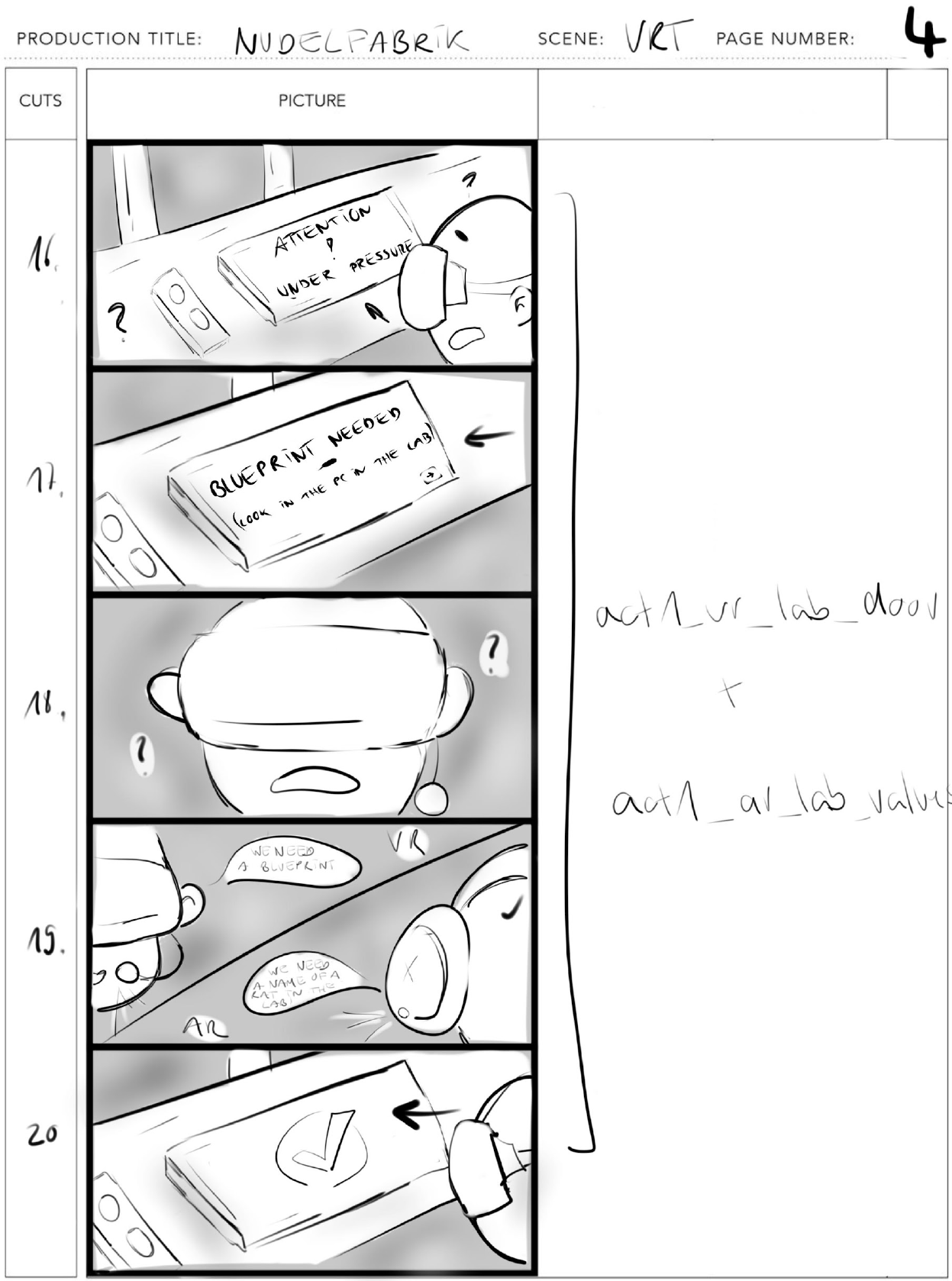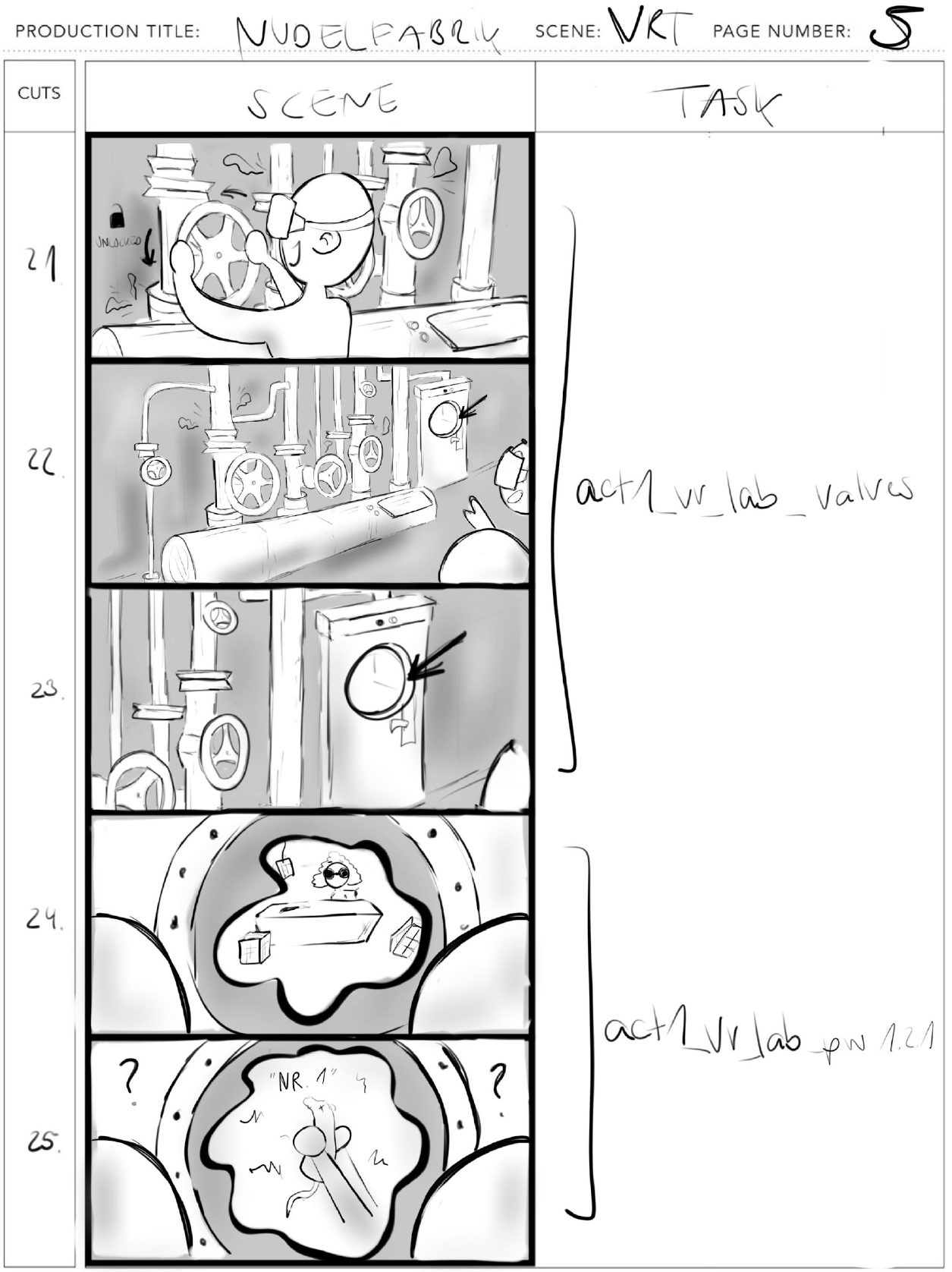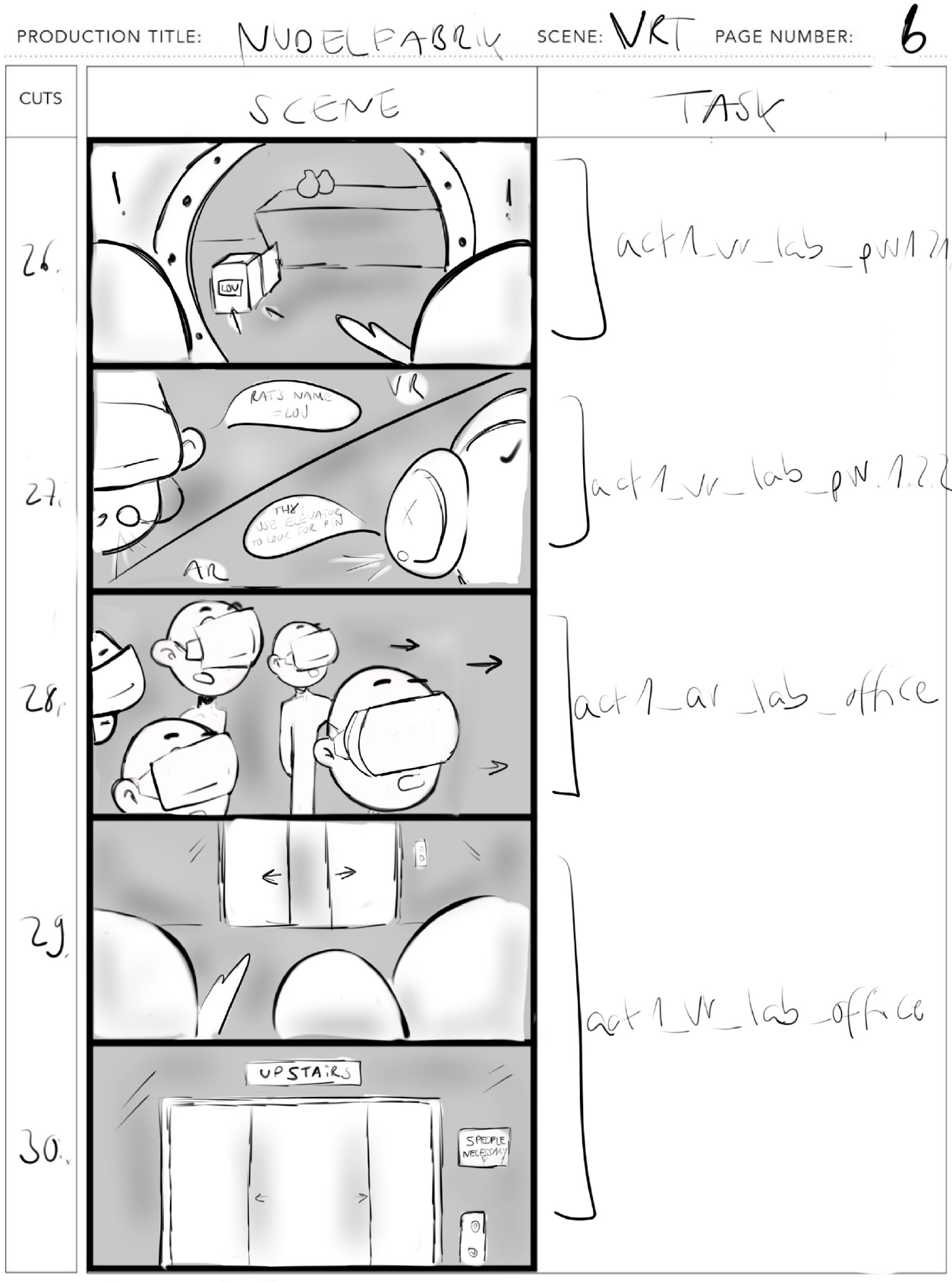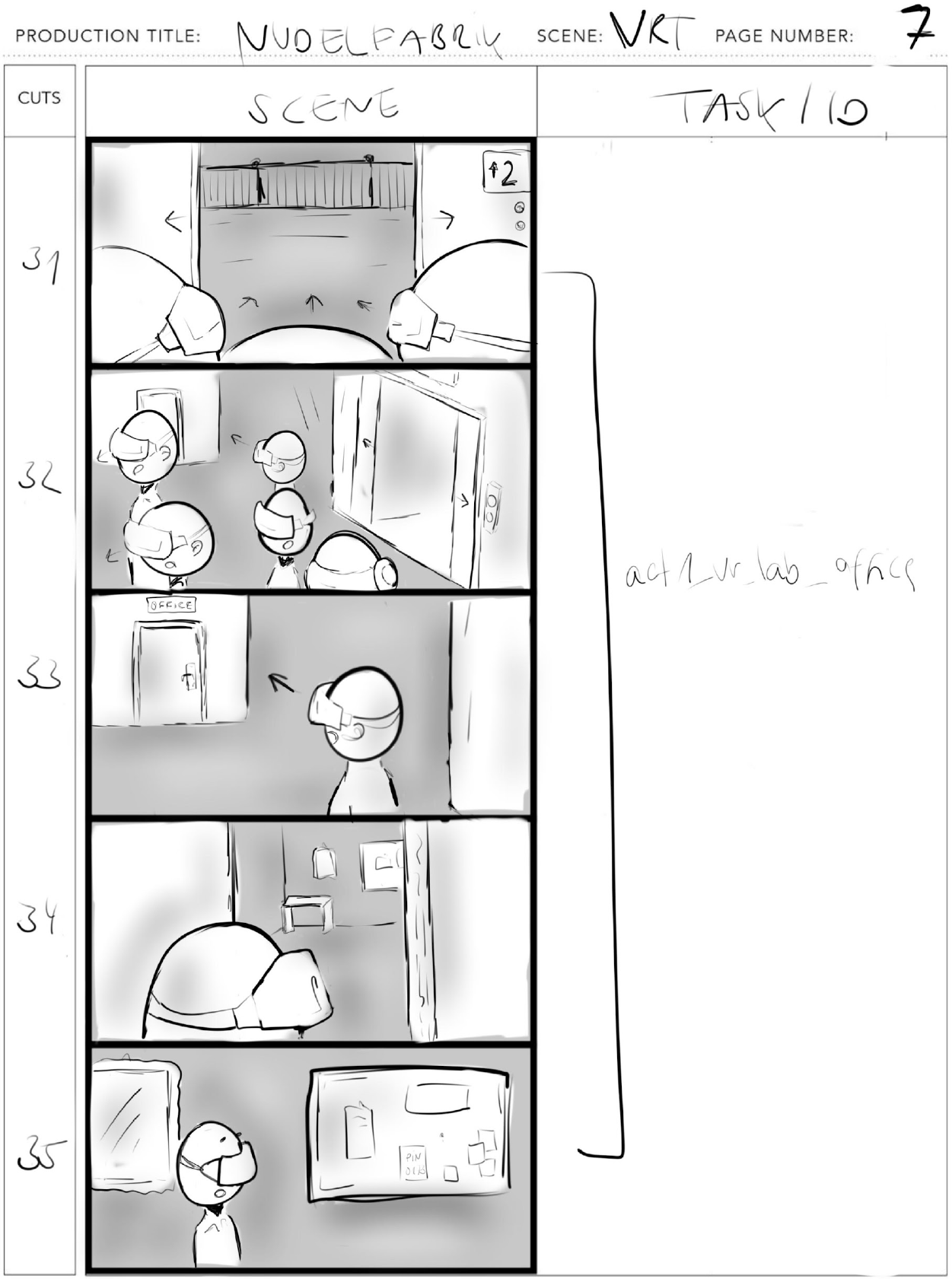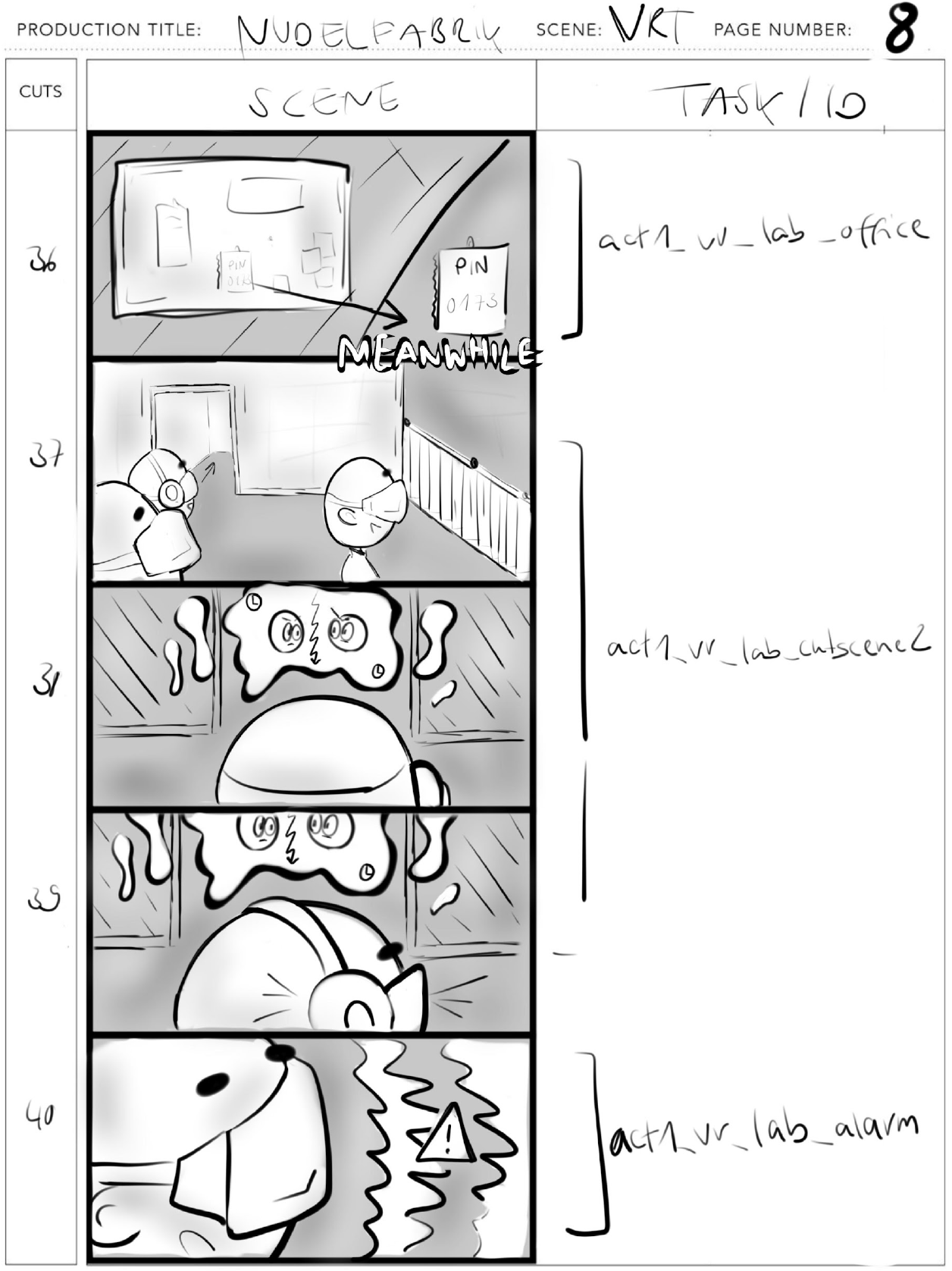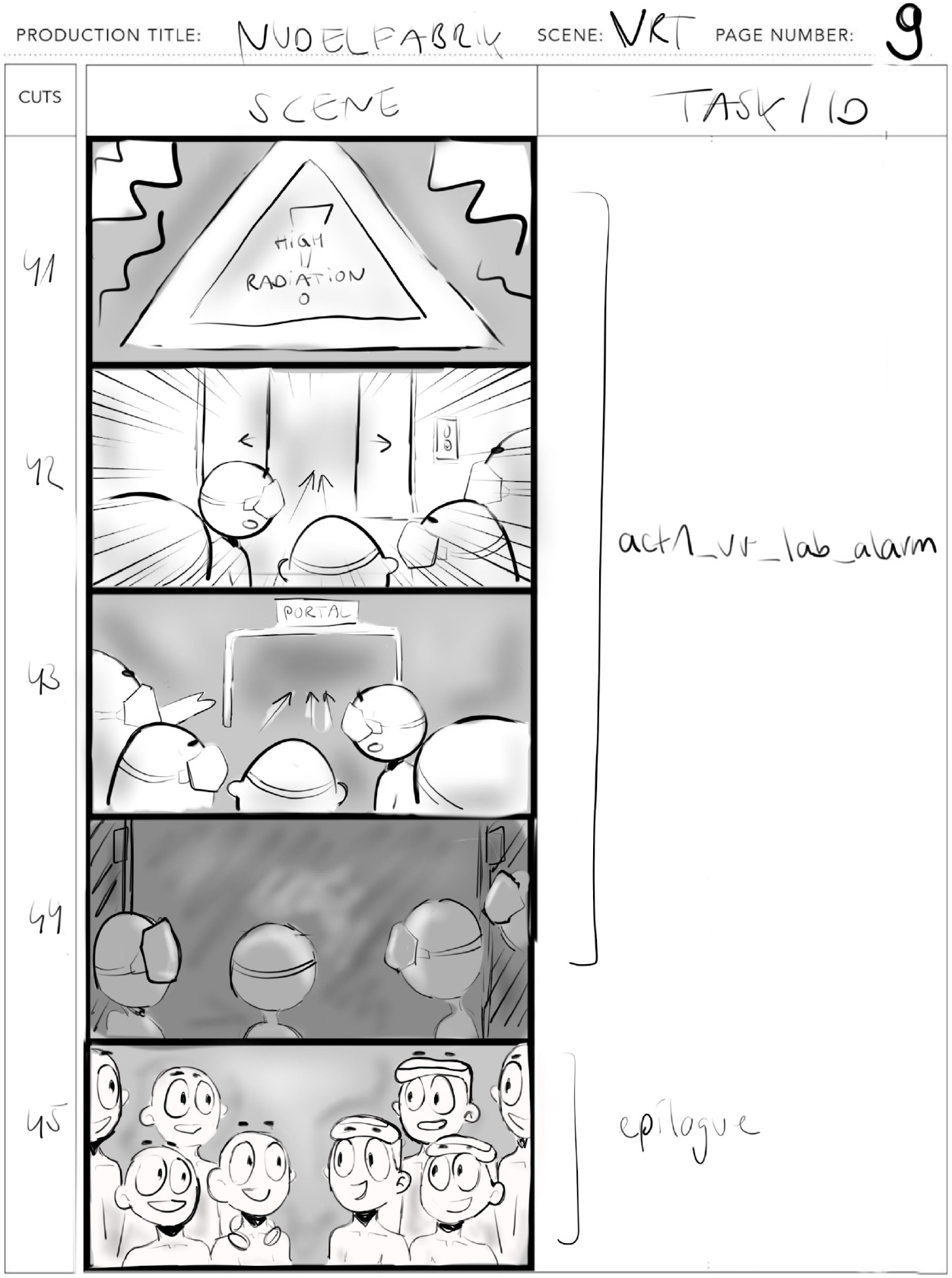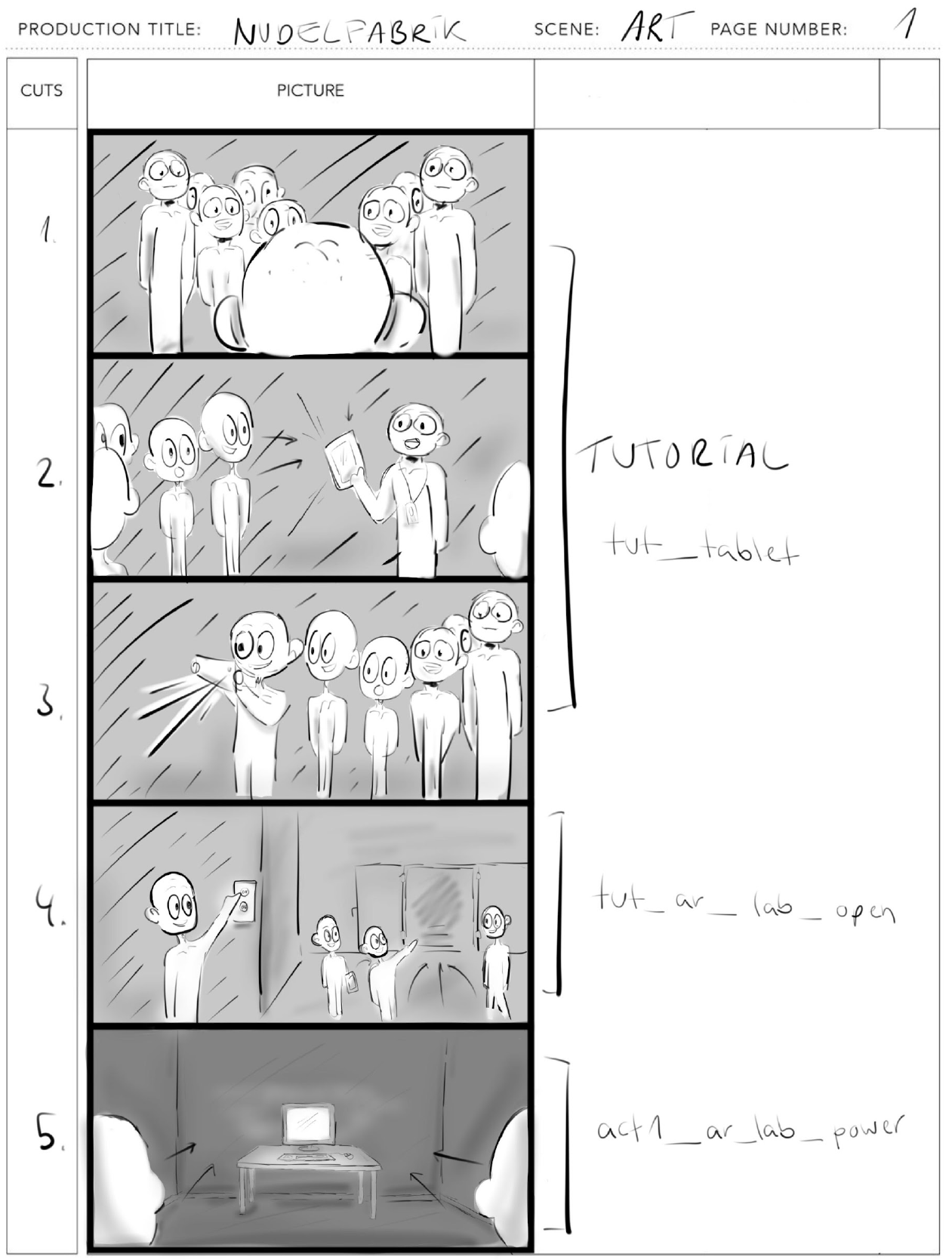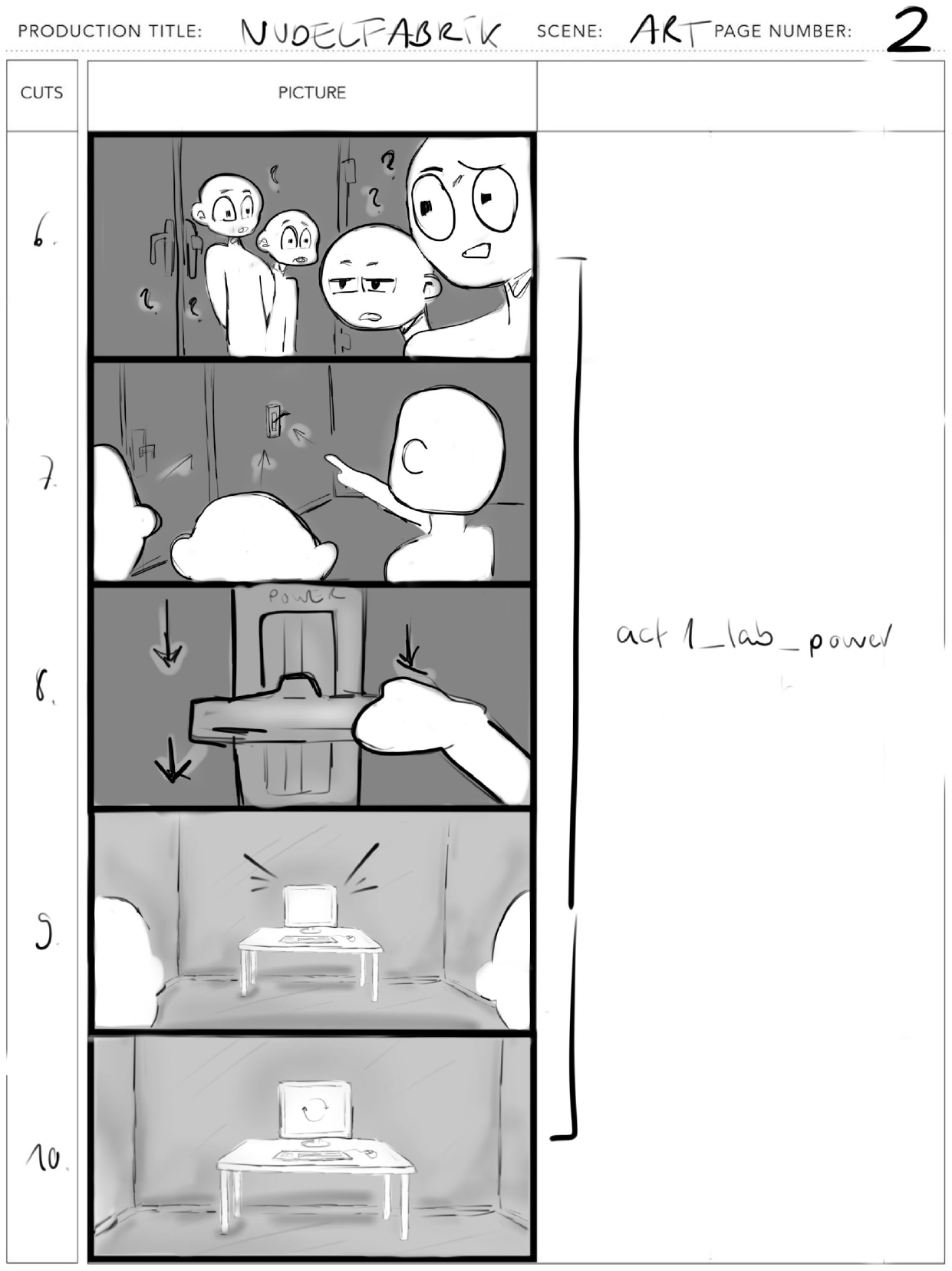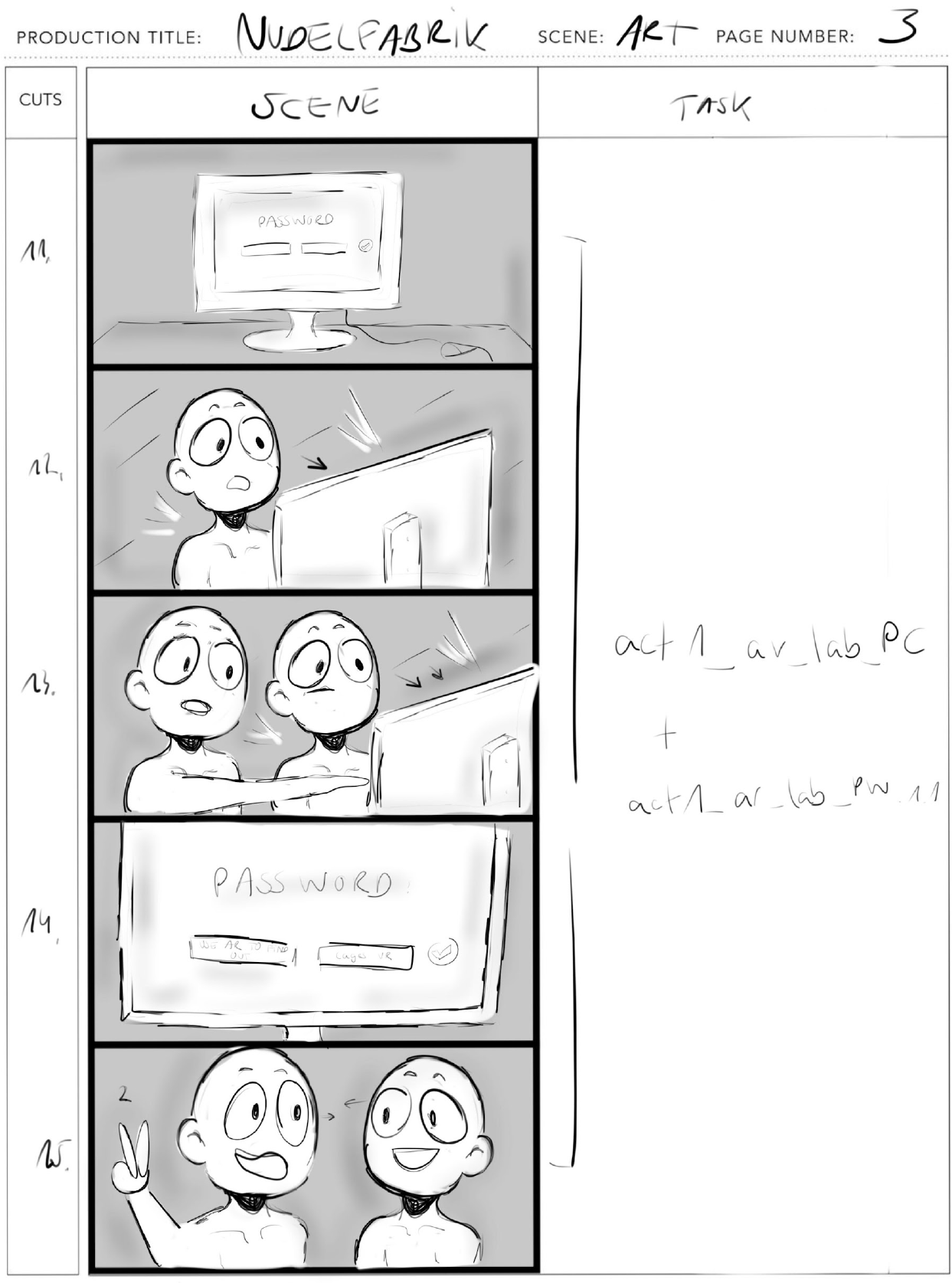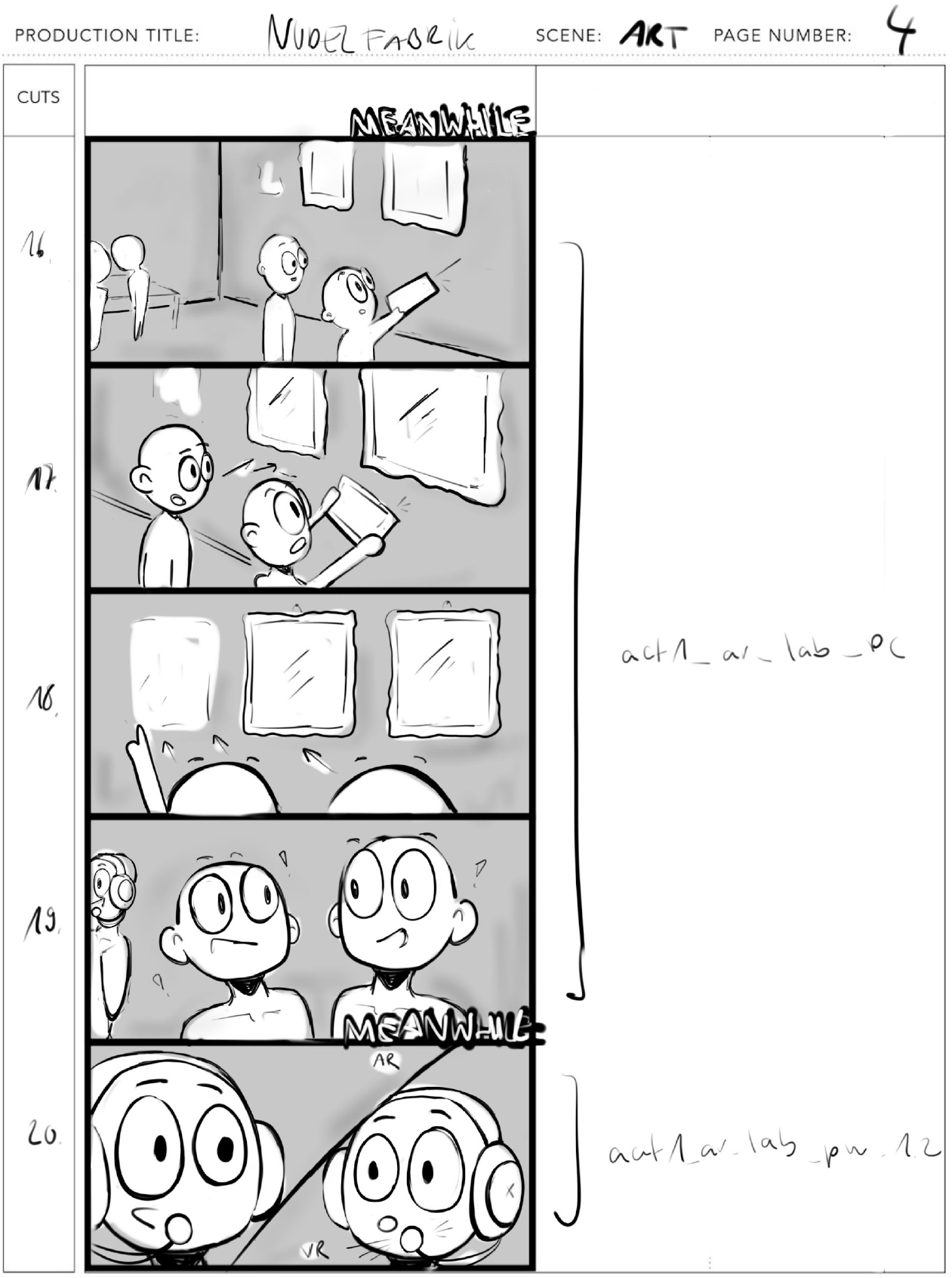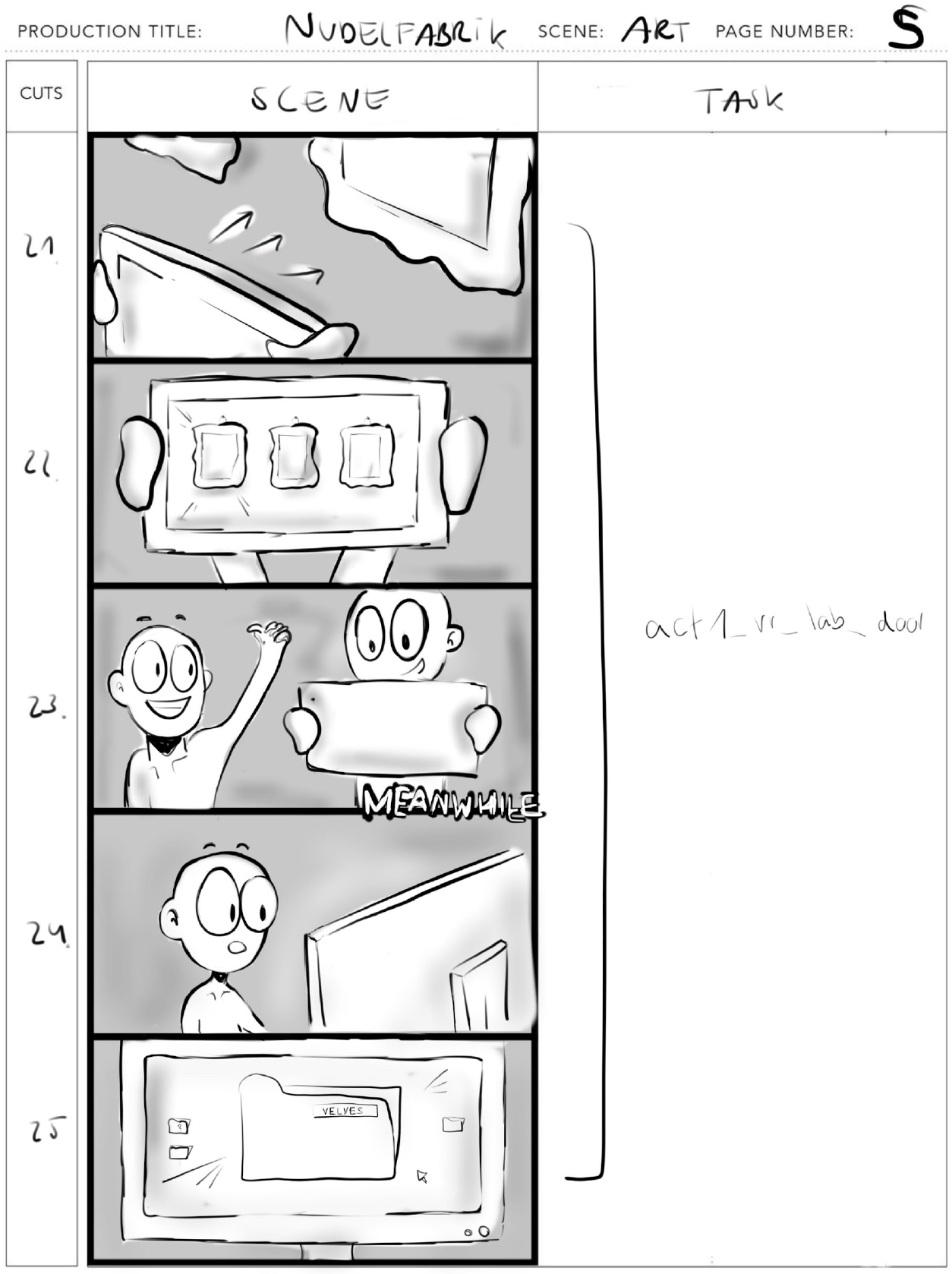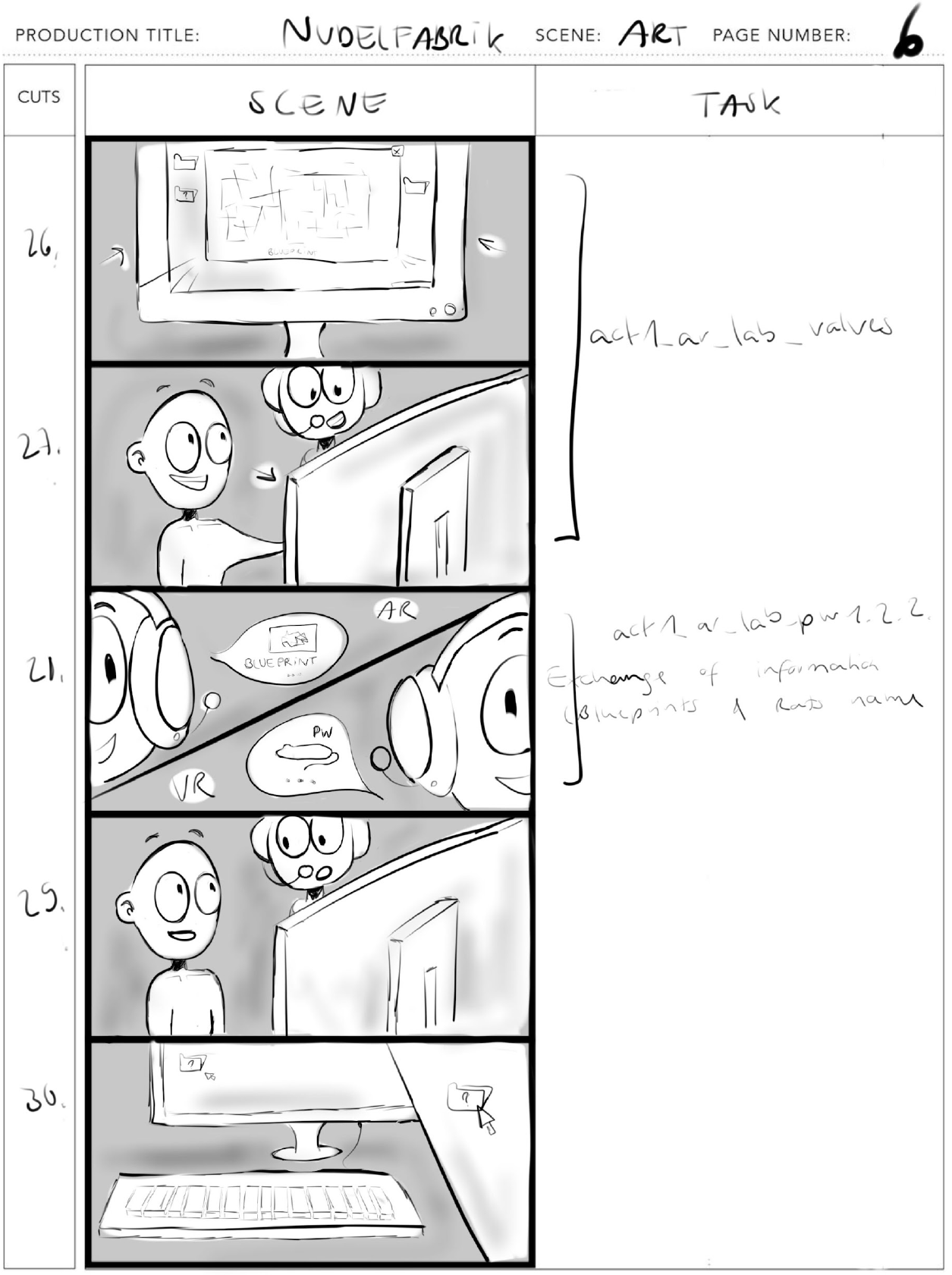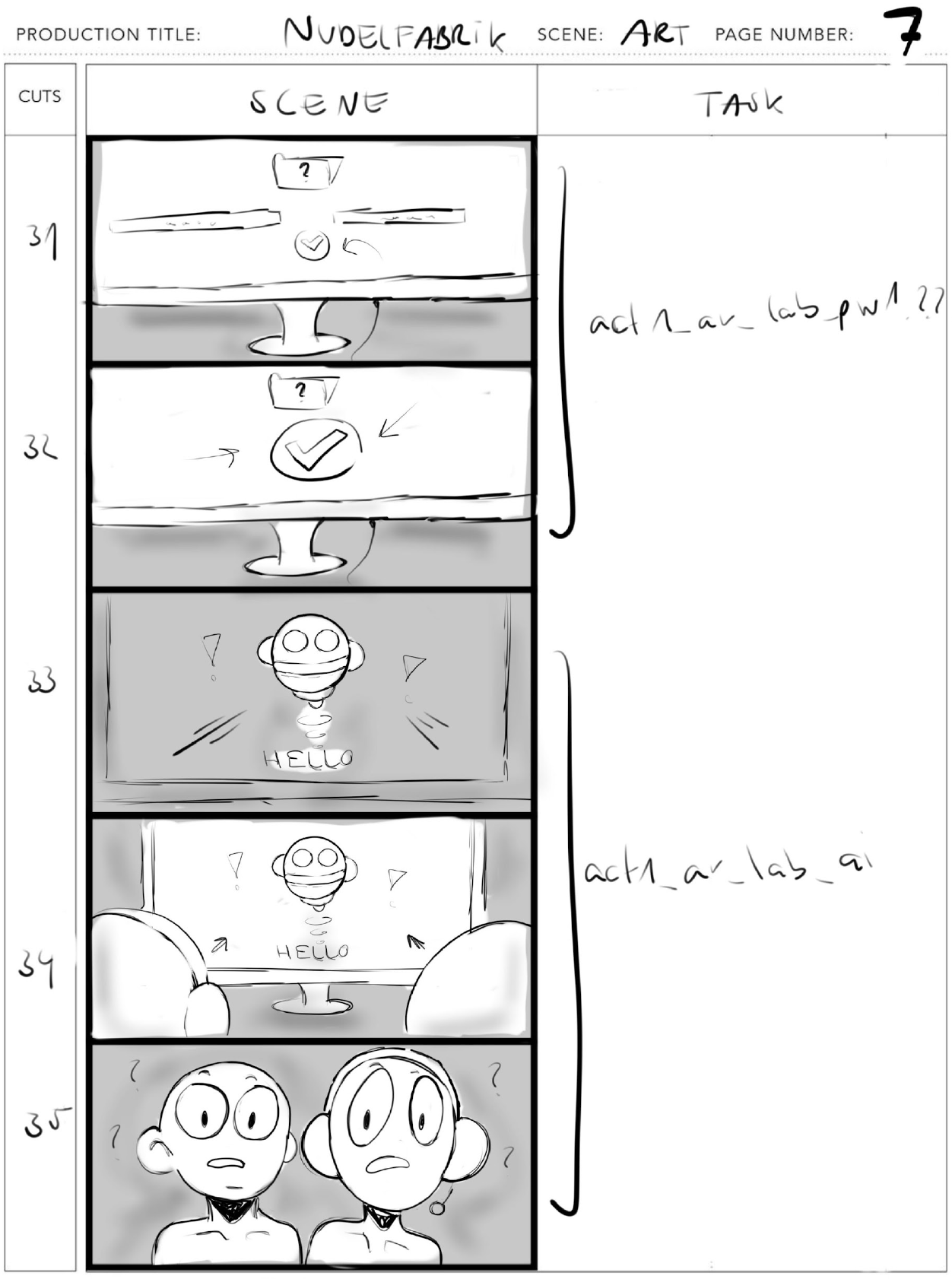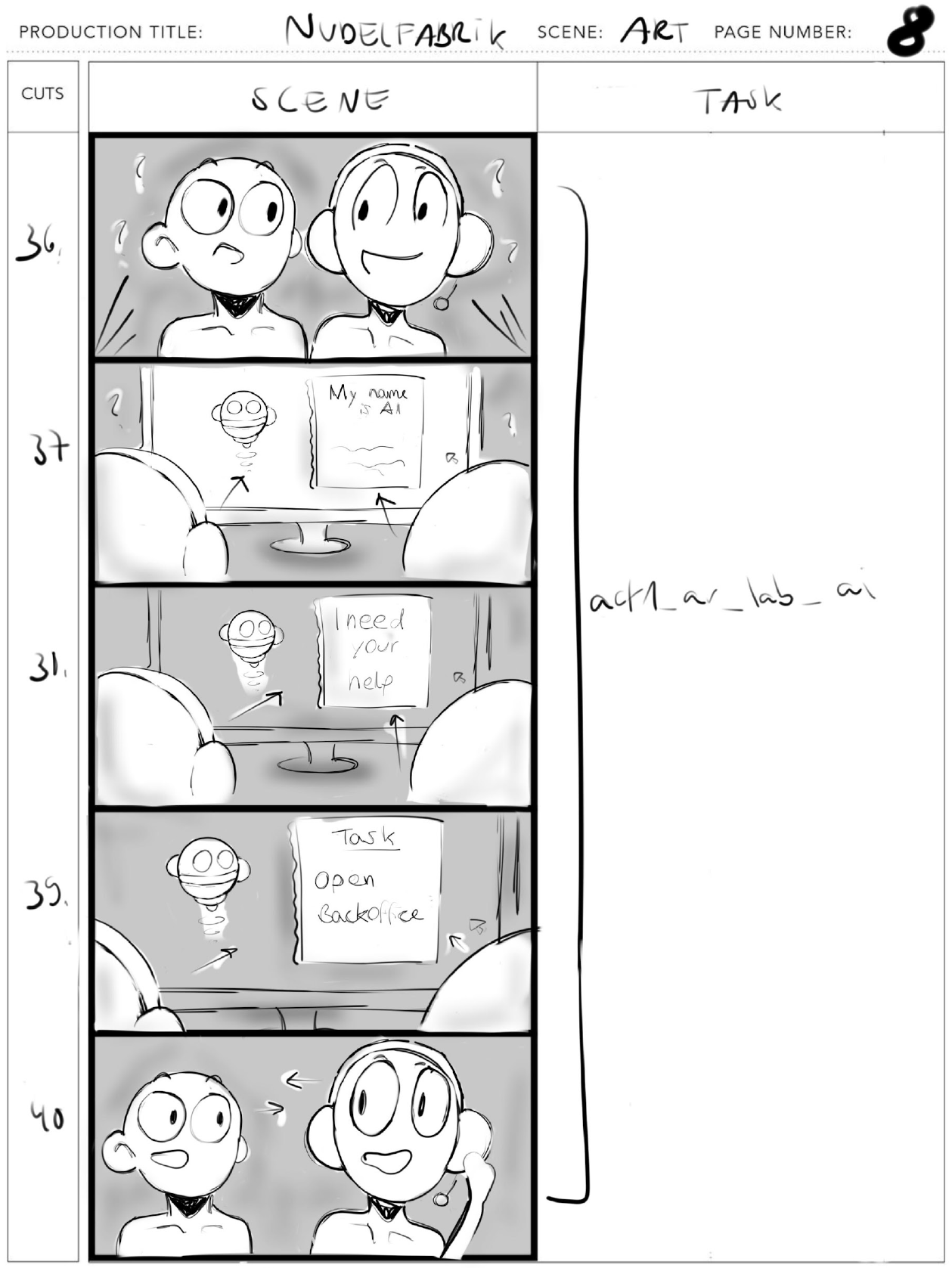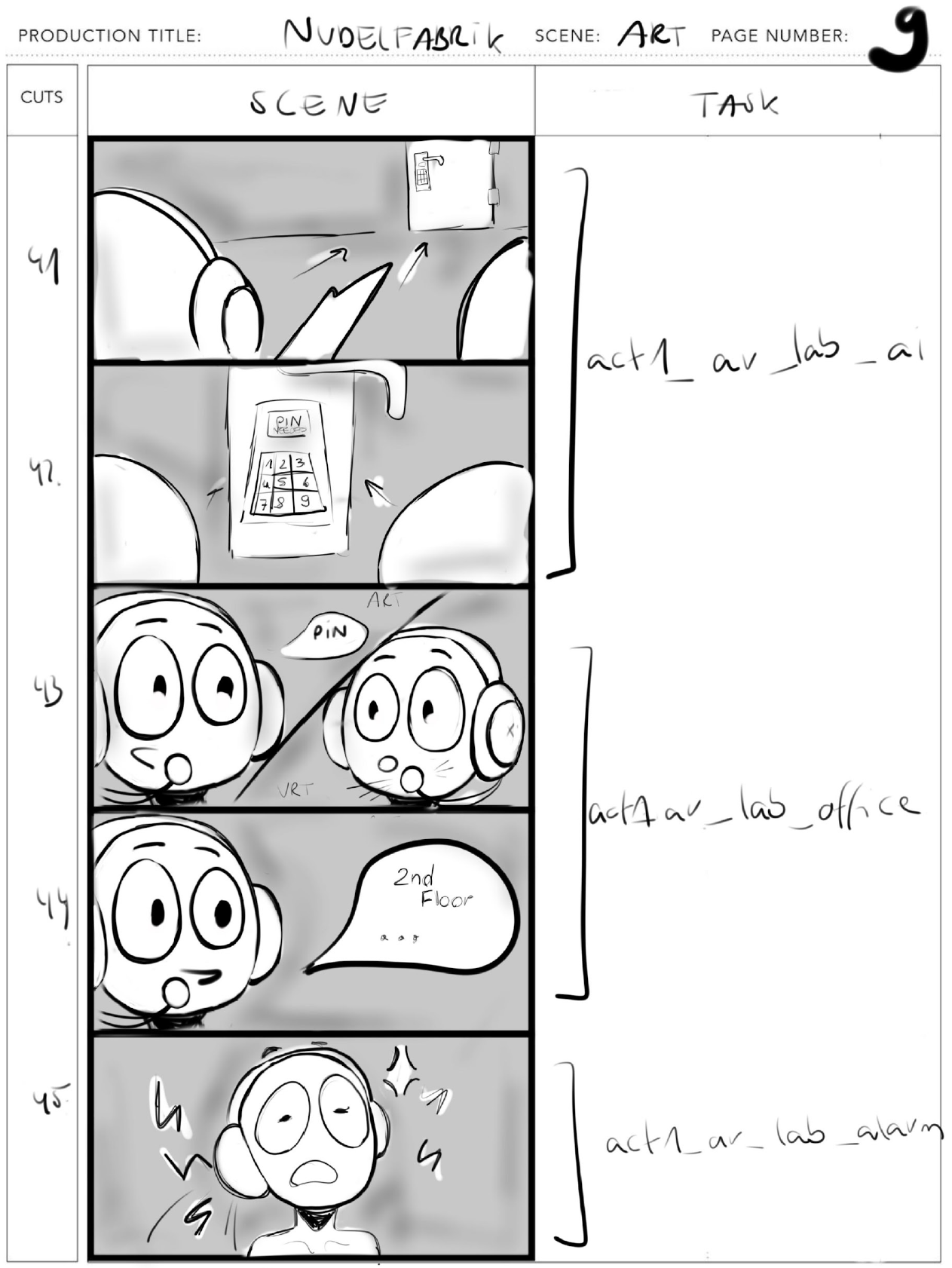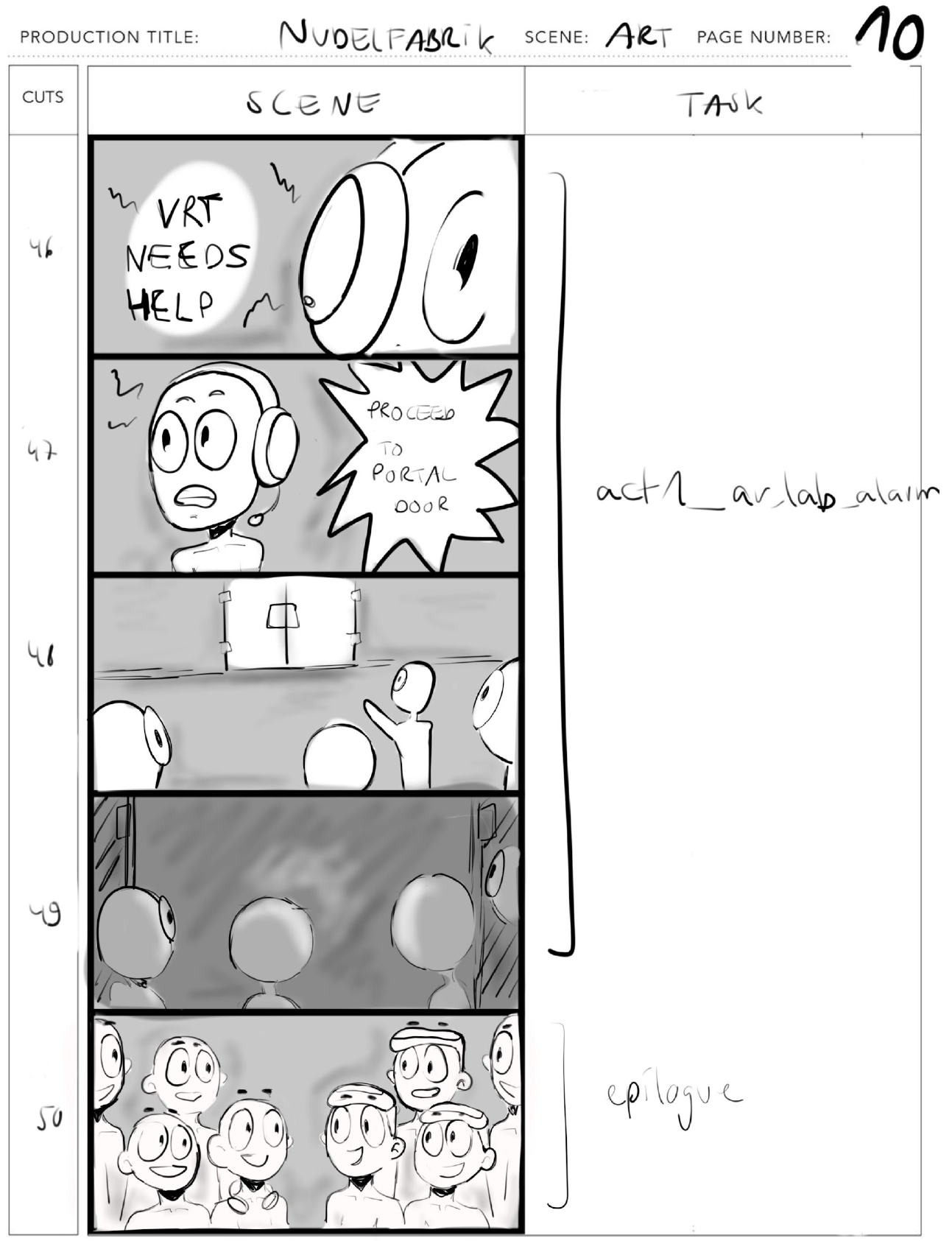VR Teslapunk Prototype
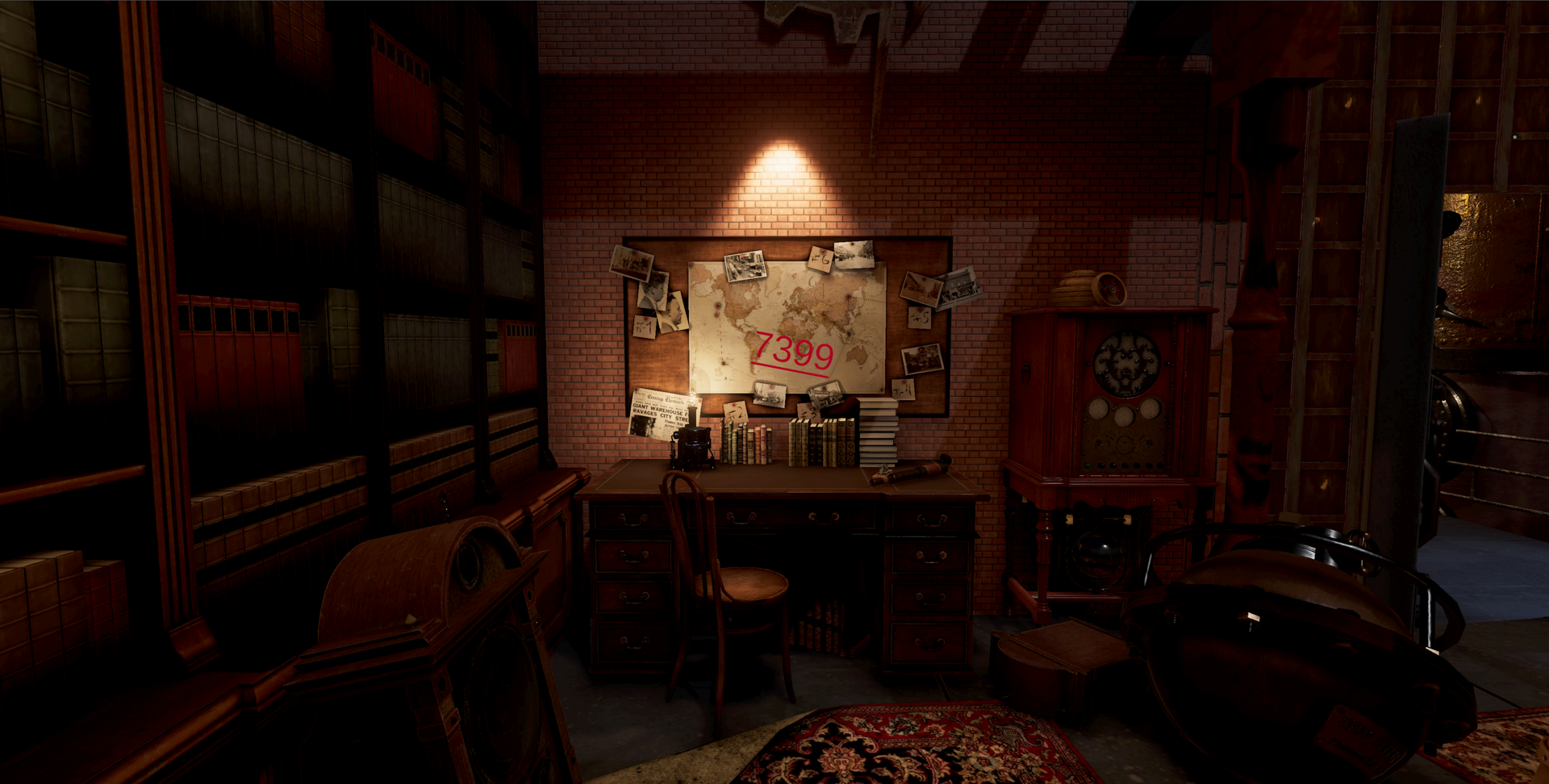

Game Design with the whole team - We mainly worked together on the structure of the experience as well as the Level and Riddle Design.
Engine Operation, including Programming & Scripting - I was responsible for the game to work in the way we intended it to do. That meant setting up the project and the VR controller, implementing all the different interactions with the game world (Levers, Valves, ...) and scripting the game and riddle functionality.
Parts of the Environment Art and VFX - The model of the factory itself including e. g. walkways and the big pipes plus the texturing were made by another member of the team. My portion of the task consisted of building and maintaining Shaders and Particle Effects (fog, light rays, pipe fluids), for the most part Lighting the Scene and the Decoration of the office room (apart from the wooden pillars in the middle) and the main factory hall with assets.
In the process I learned a lot about working with VR, scripting game events in Unity and building an environment including shaders and (baked) lighting.
All screenshots had to be brightened up since the environment was darker in the editor than while playing

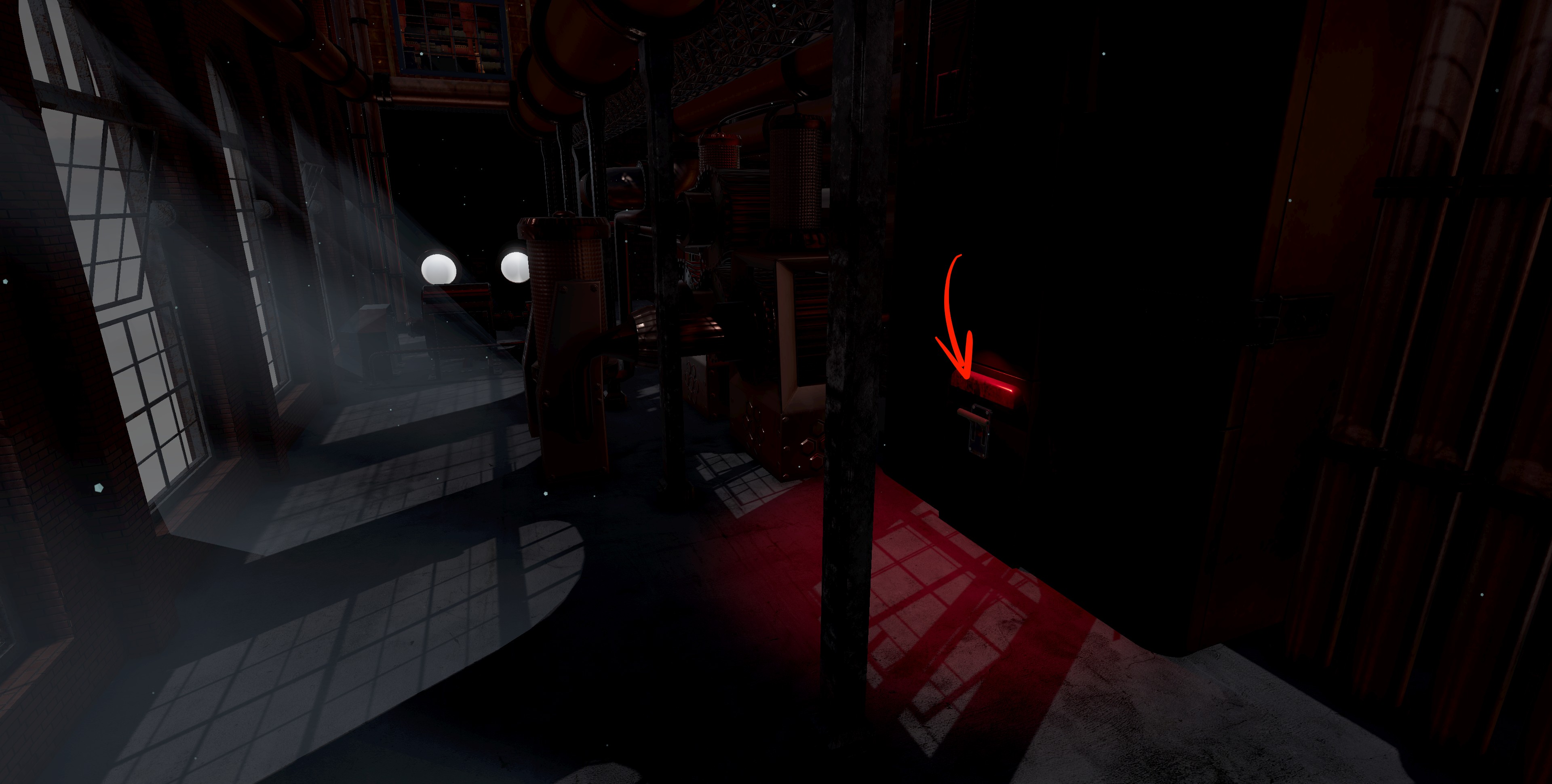
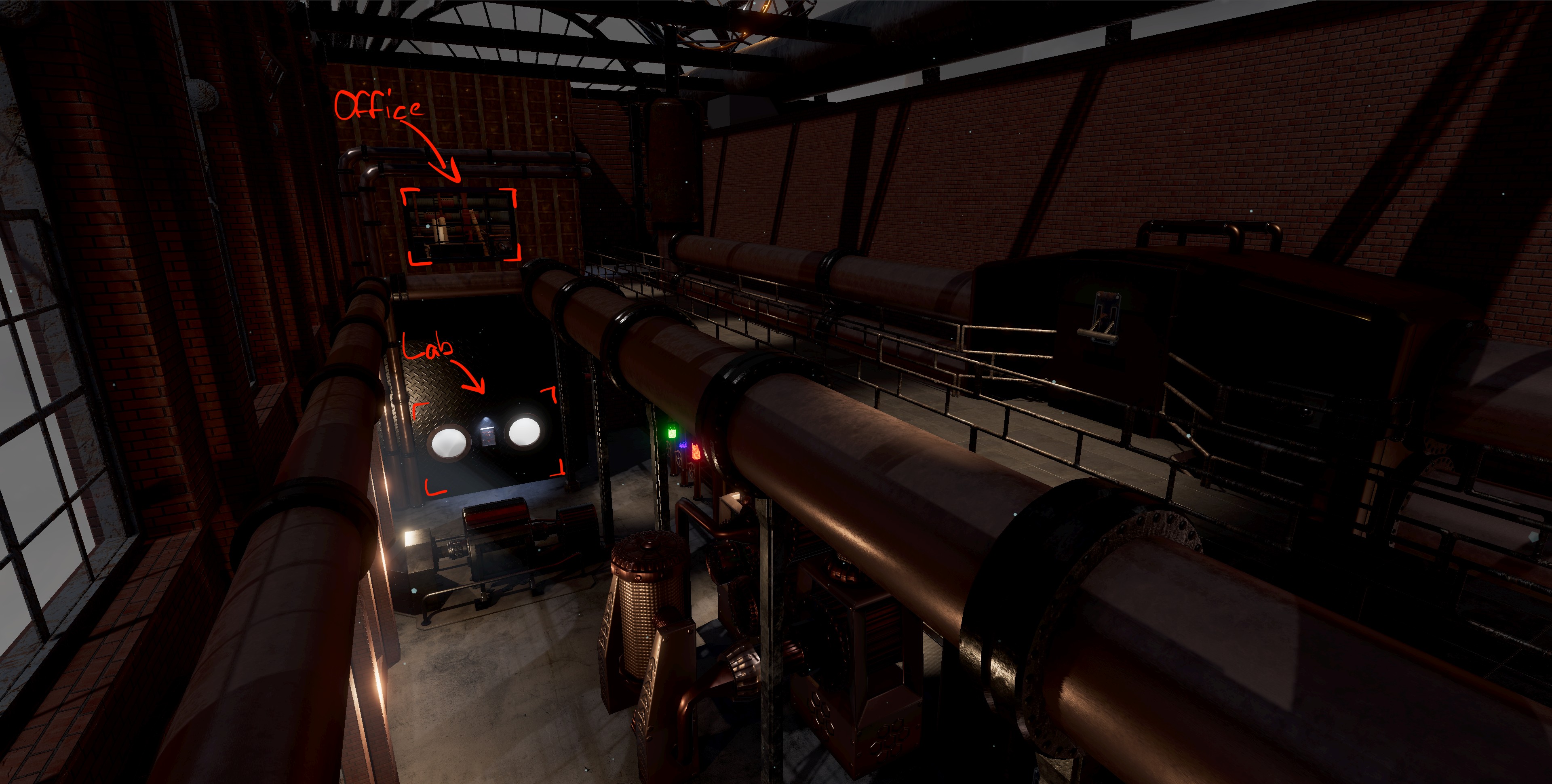
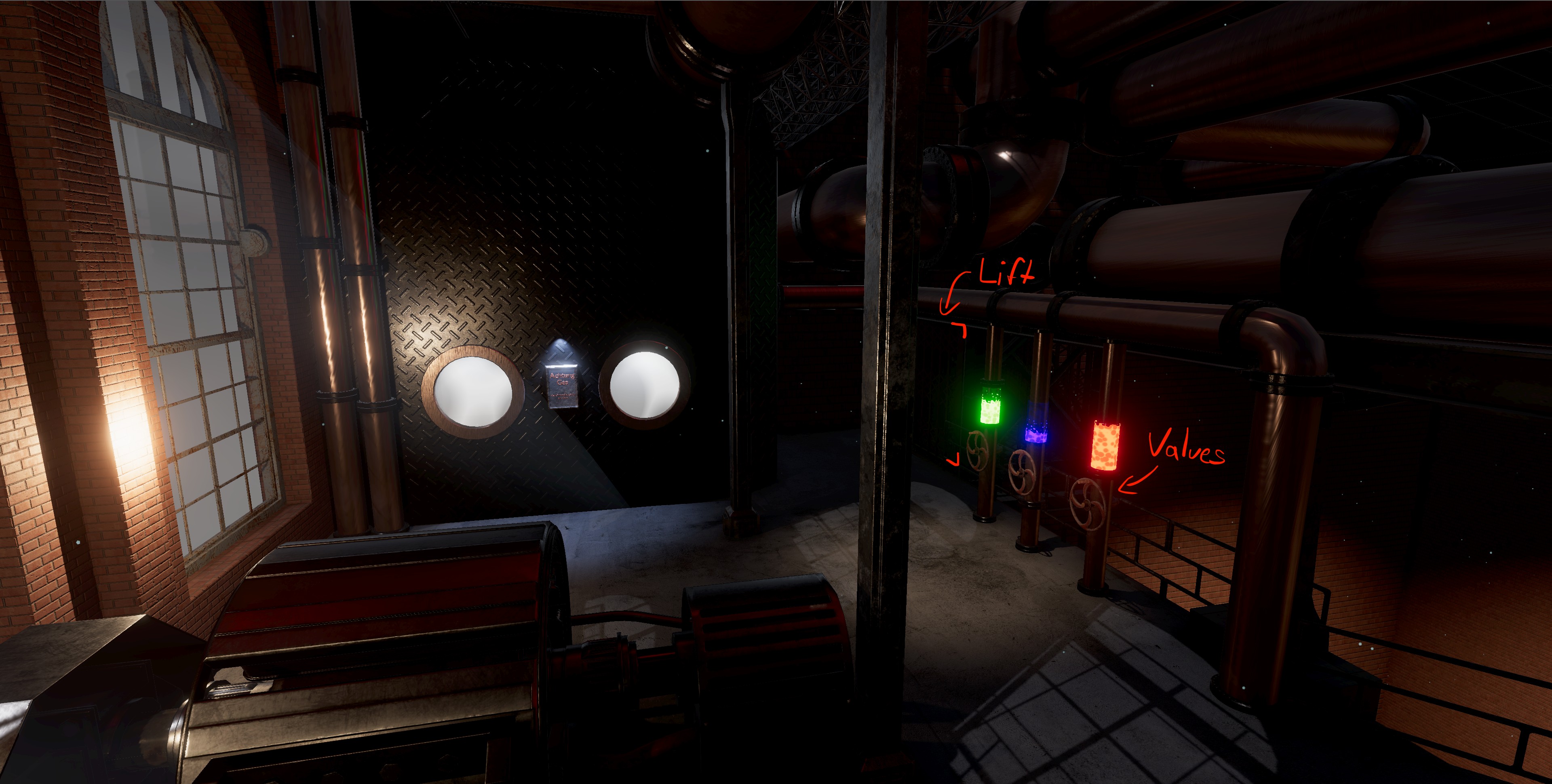
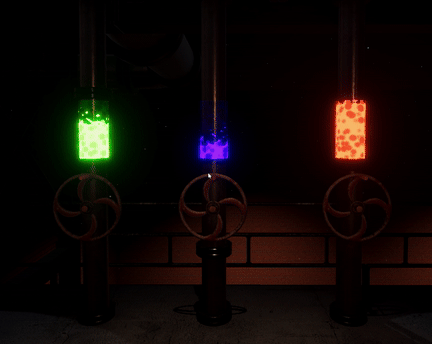
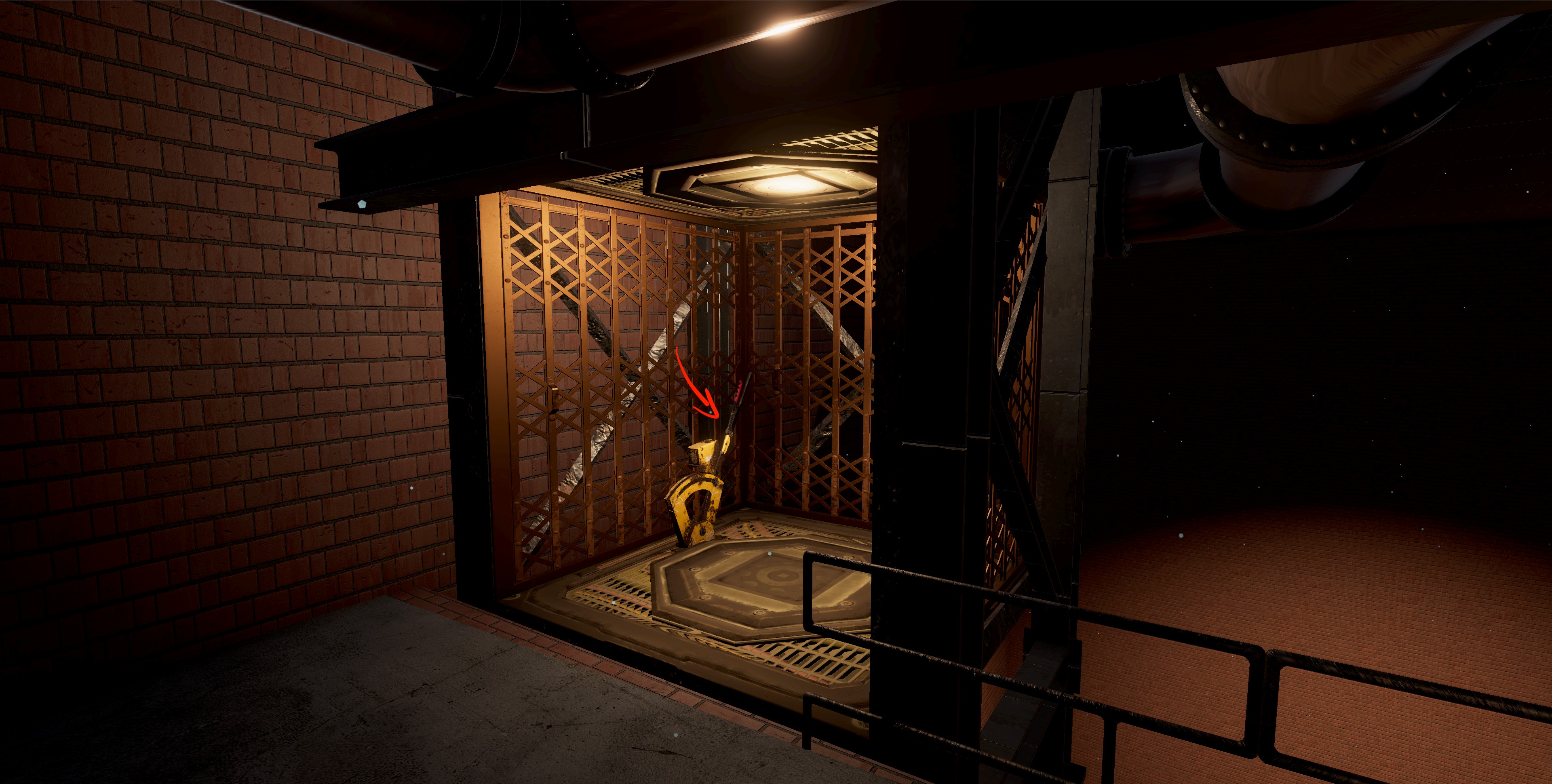
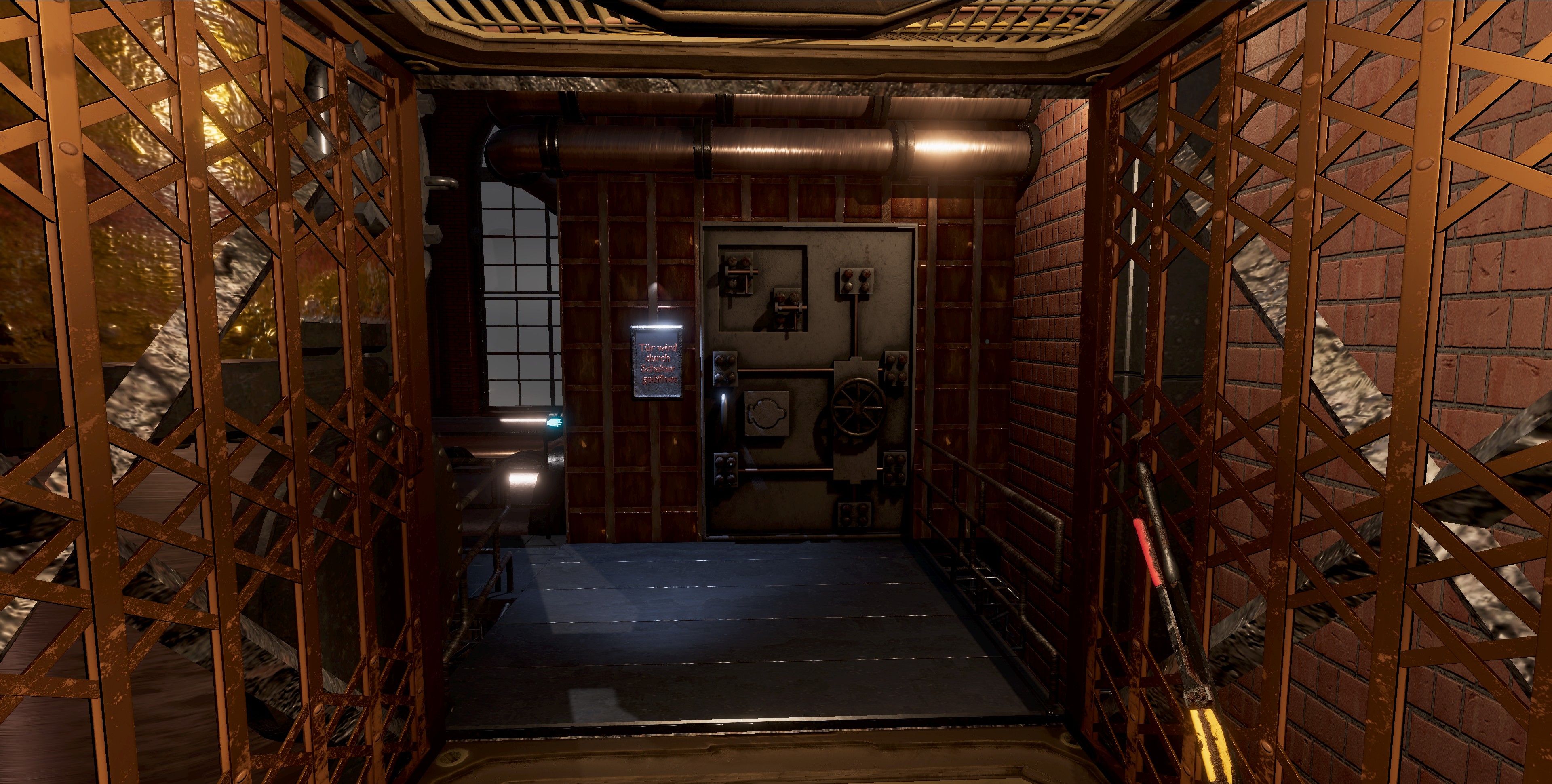
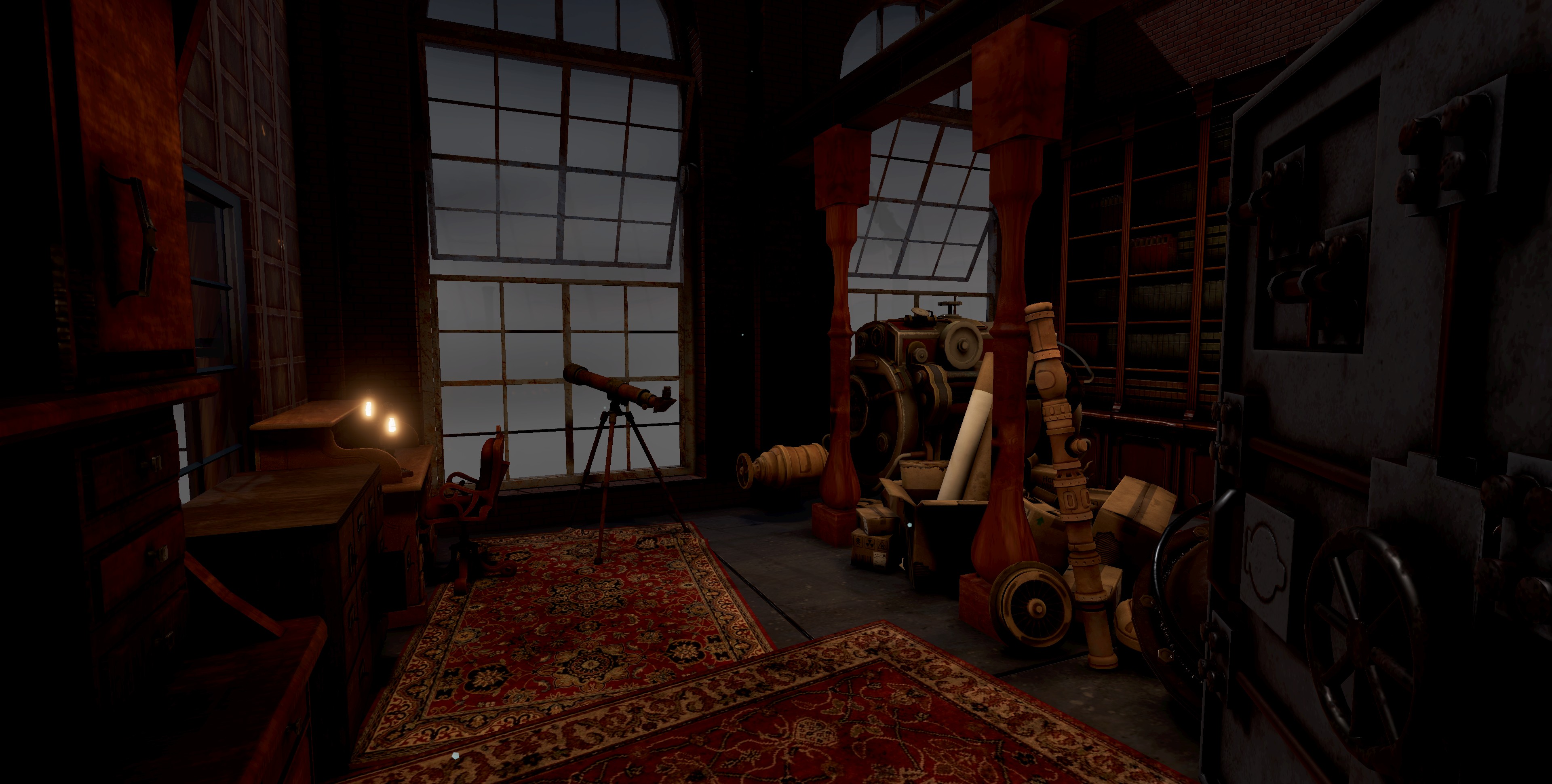
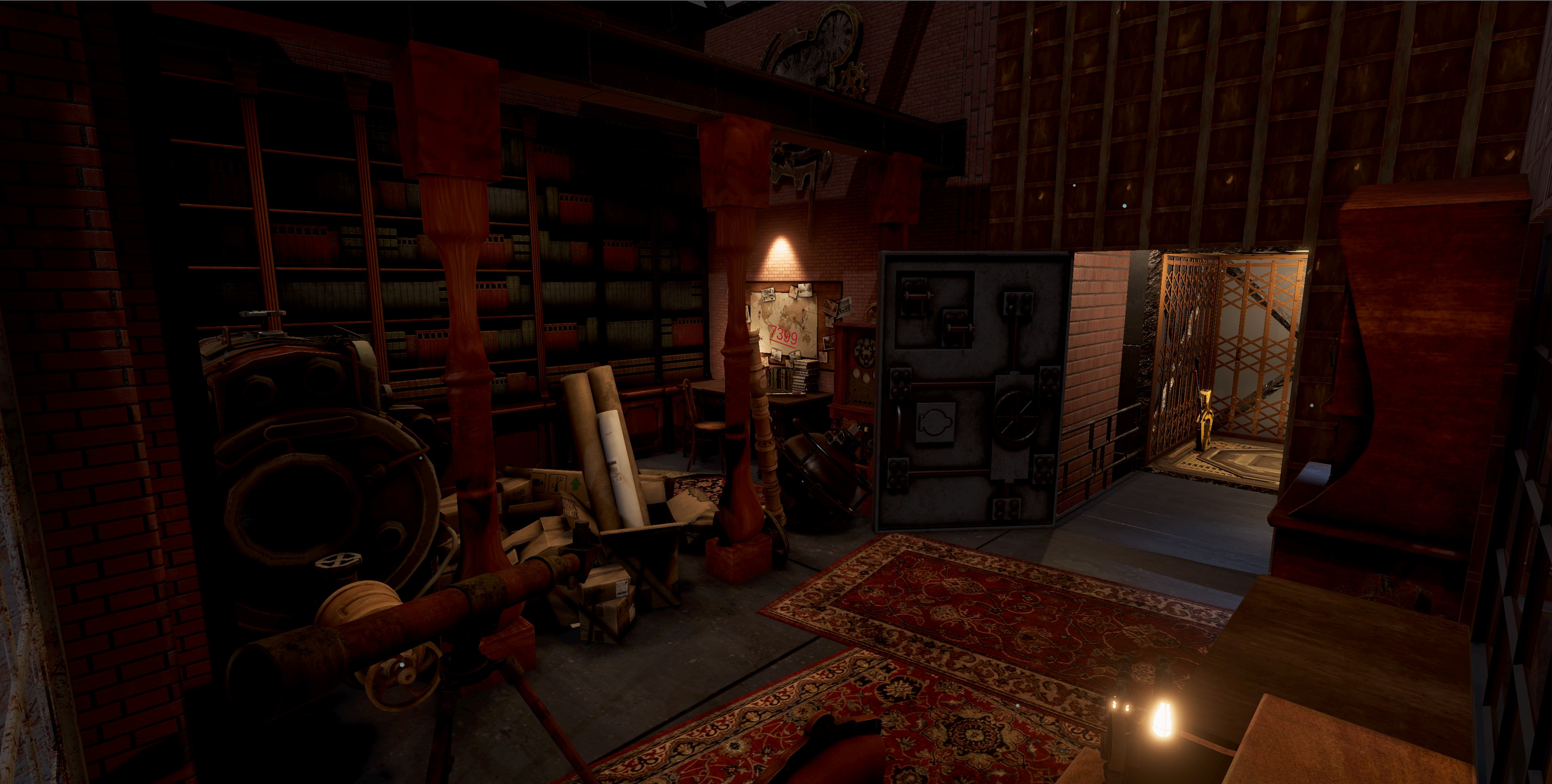
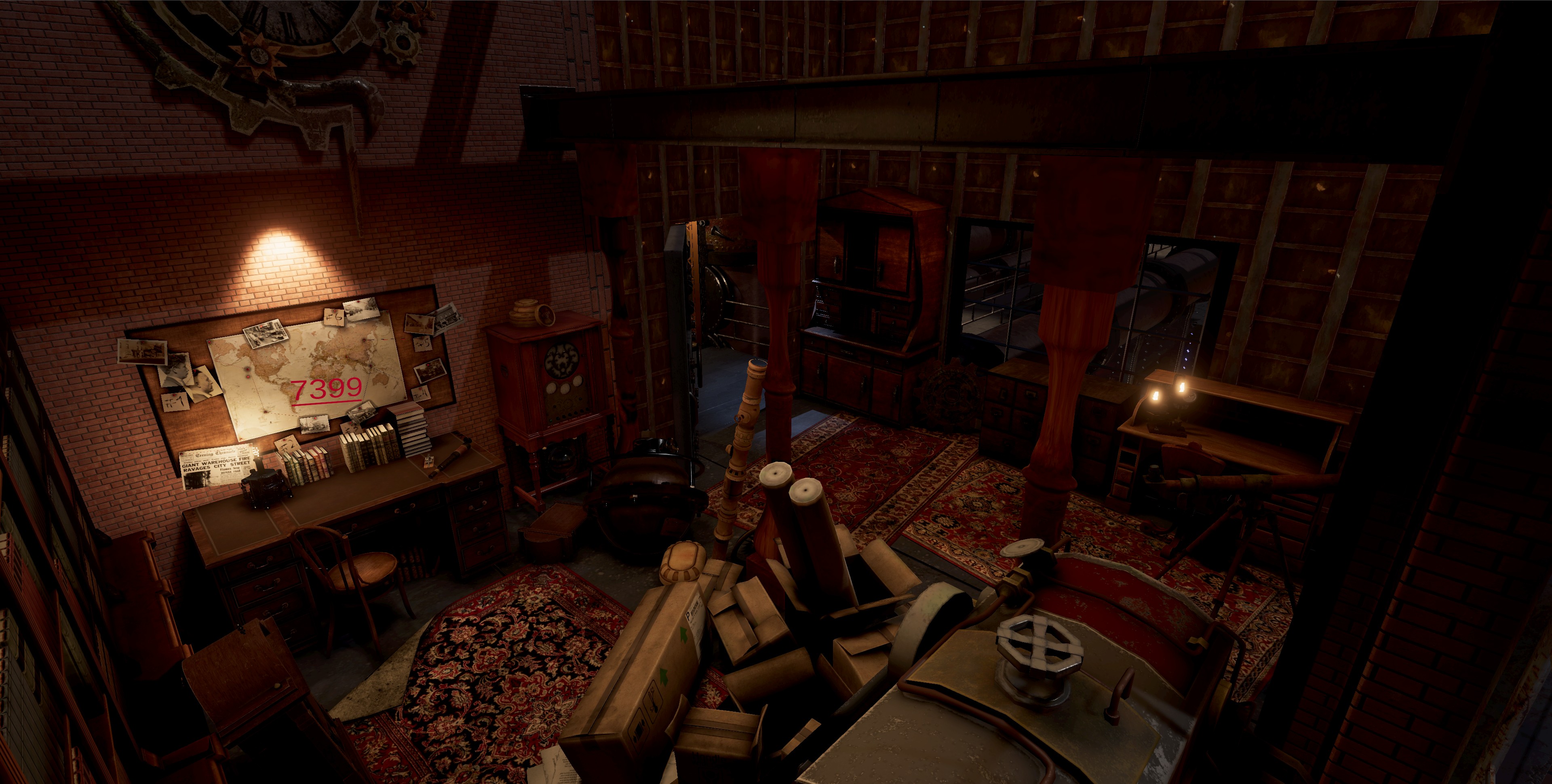
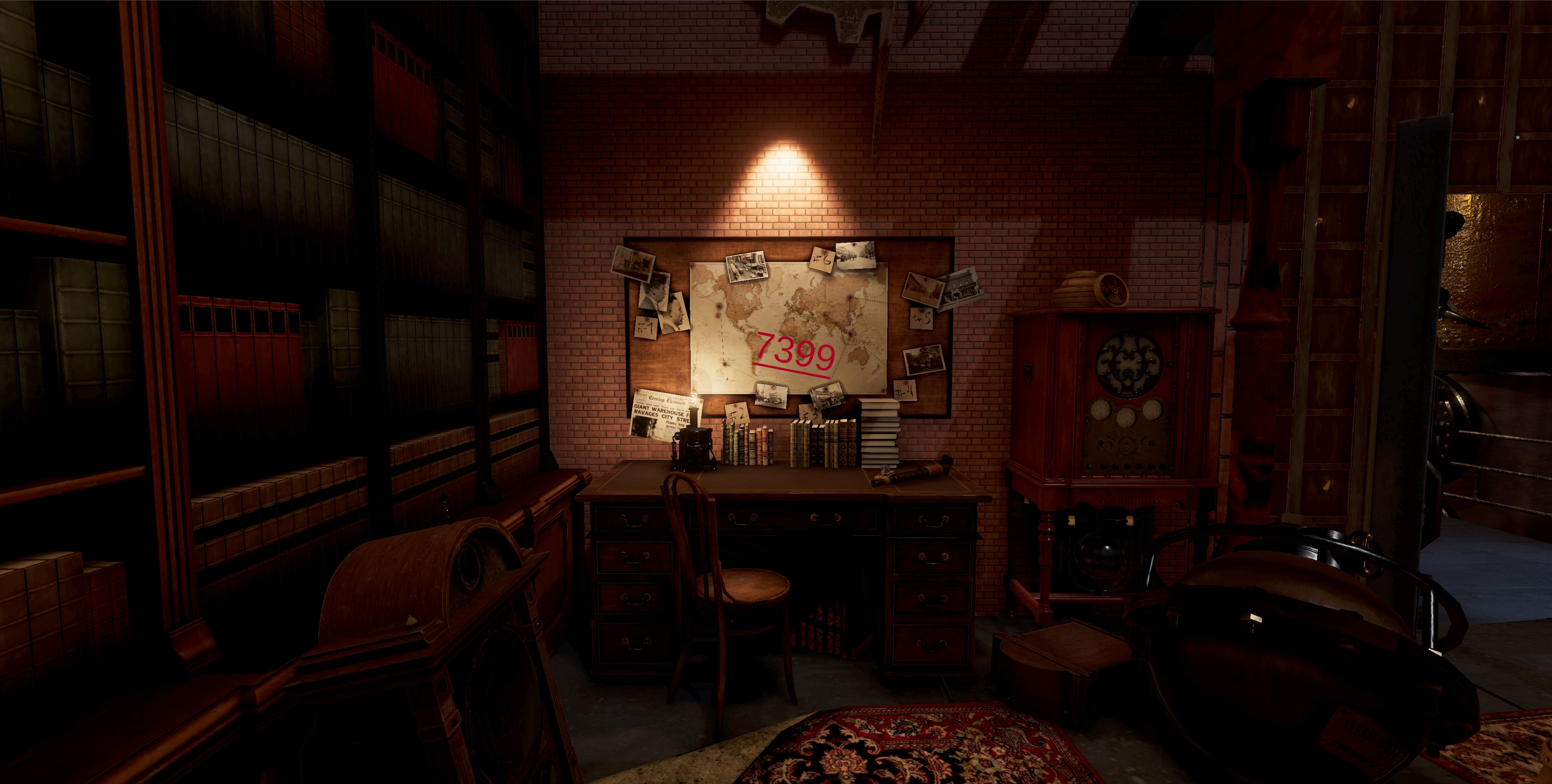
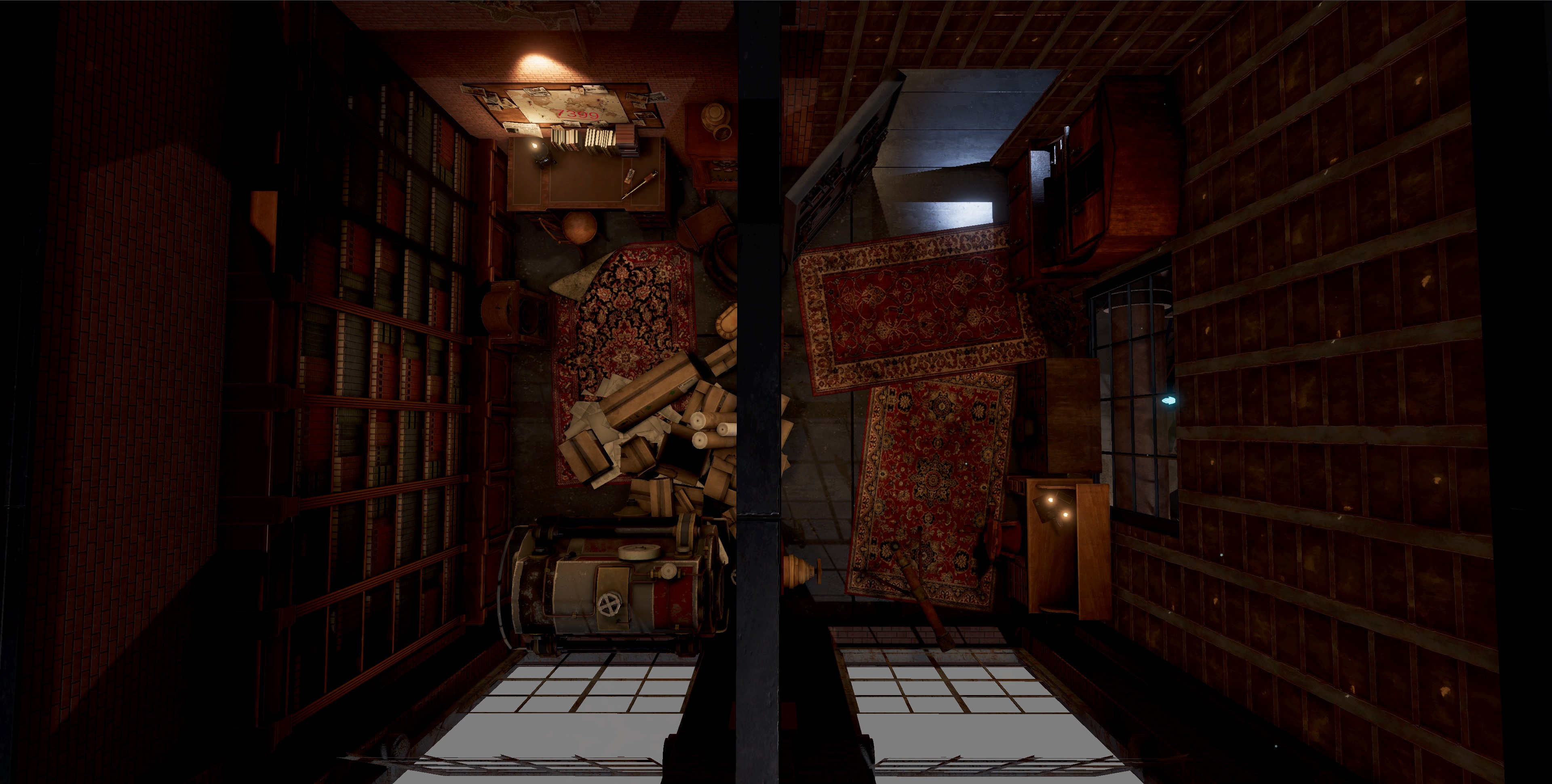
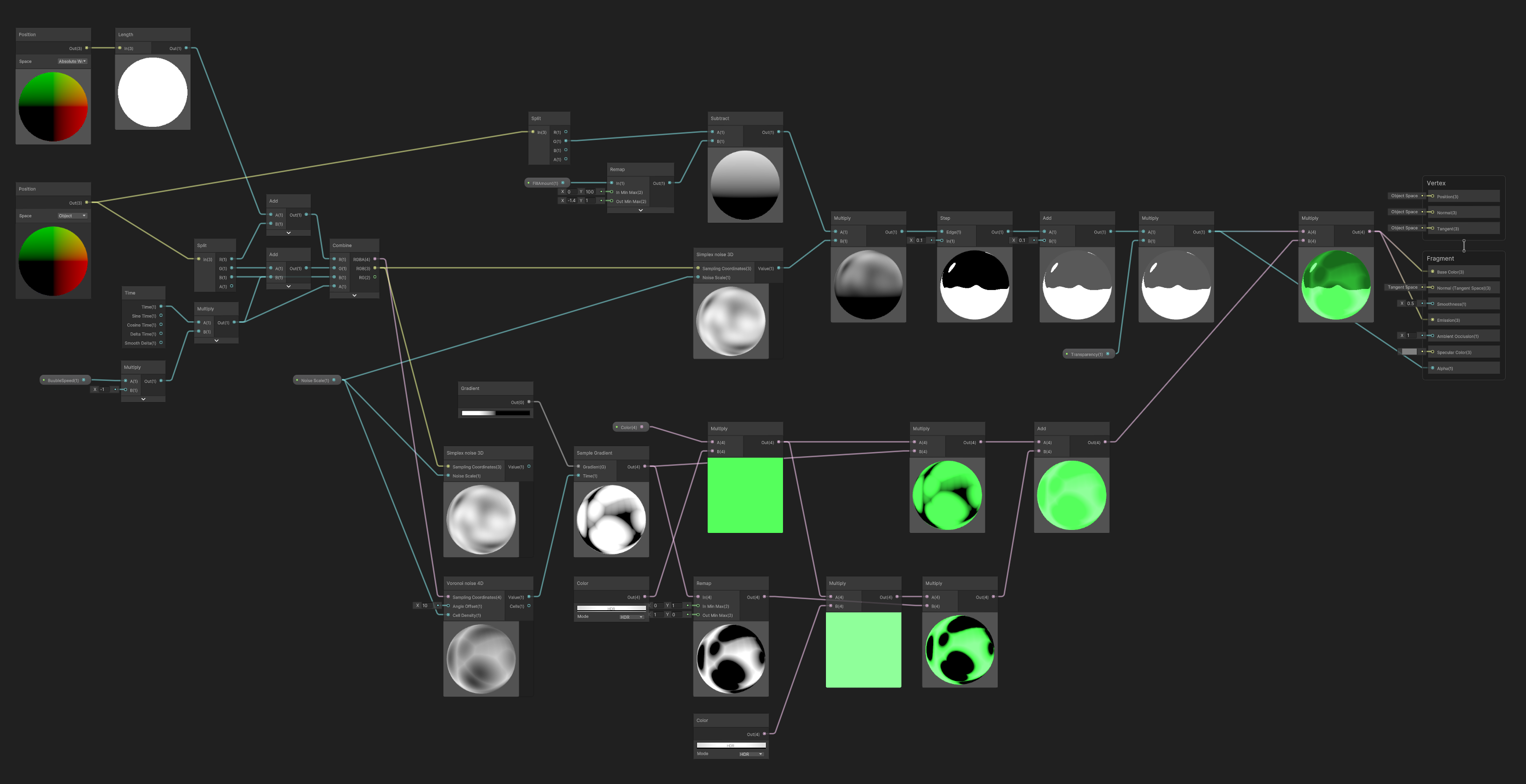
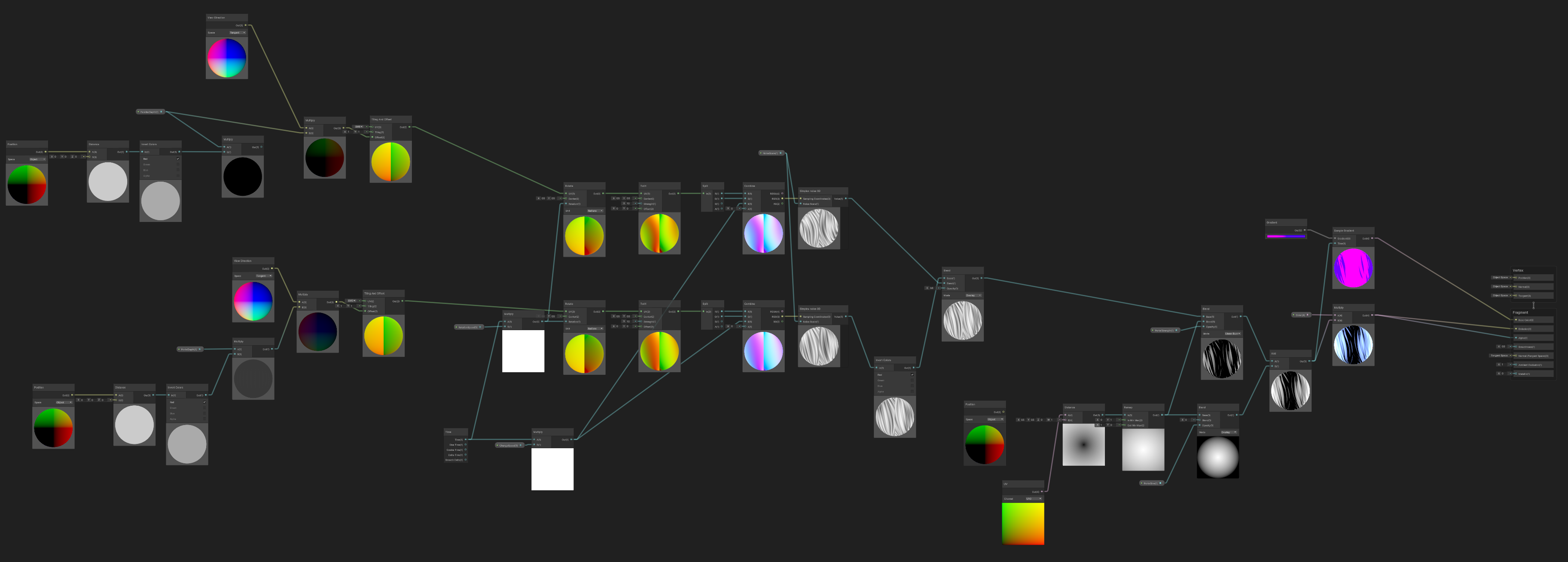
Because of our limited time on the project we used assets from Sketchfab to decorate the scene, apart from a few exceptions.
The full list of the used assets can be found here.
In cooperation with the old pasta factory (Urban Bricks GmbH) in Zeitz we were tasked with creating a prototype for a mixed AR-/VR-Game in one semester, which should work as a teambuilding experience.
The game should take place in a seperated place in the factory, where the players could move freely with their VR devices.
We started with a concept that had already been worked out by another group in the previous semester. They planned an escape room like game, where a group of people would be split into two teams, with a story about time travelling to the past of the pasta factory:
One team would play in VR in the past, while the others play with AR-Tablets in another room. They then have to communicate to solve riddles and investigate the place.
Due to our limited time we decided to only work on the VR part of the game and simulate the AR-Tablet to test out the riddles.
We set up a Trello board to organize the production and a Miro board to plan out all the different design challenges. We later also included an Excel sheet for displaying the structure of the experience and the corresponding game events.
The concept also came with an idea of how the past version of the factory might look like in the VR part of the game. The main inspirations for the environment came from steam- and teslapunk.
We expanded on this idea and developed concept art of the environment to then build out the factory in Blender and Unity. We also created a storyboard to efficiently communicate the structure and riddles of the game to our project partner.
Once the concept had been established, we mainly focused on implementing it into Unity while also doing recurring tests.
